Sanxingdui Museum design by CSWADI #architecture

© CSWADI, Arch-Exist

© CSWADI, Arch-Exist

© CSWADI, Arch-Exist

© CSWADI, Arch-Exist

© CSWADI, Arch-Exist

© CSWADI, Arch-Exist
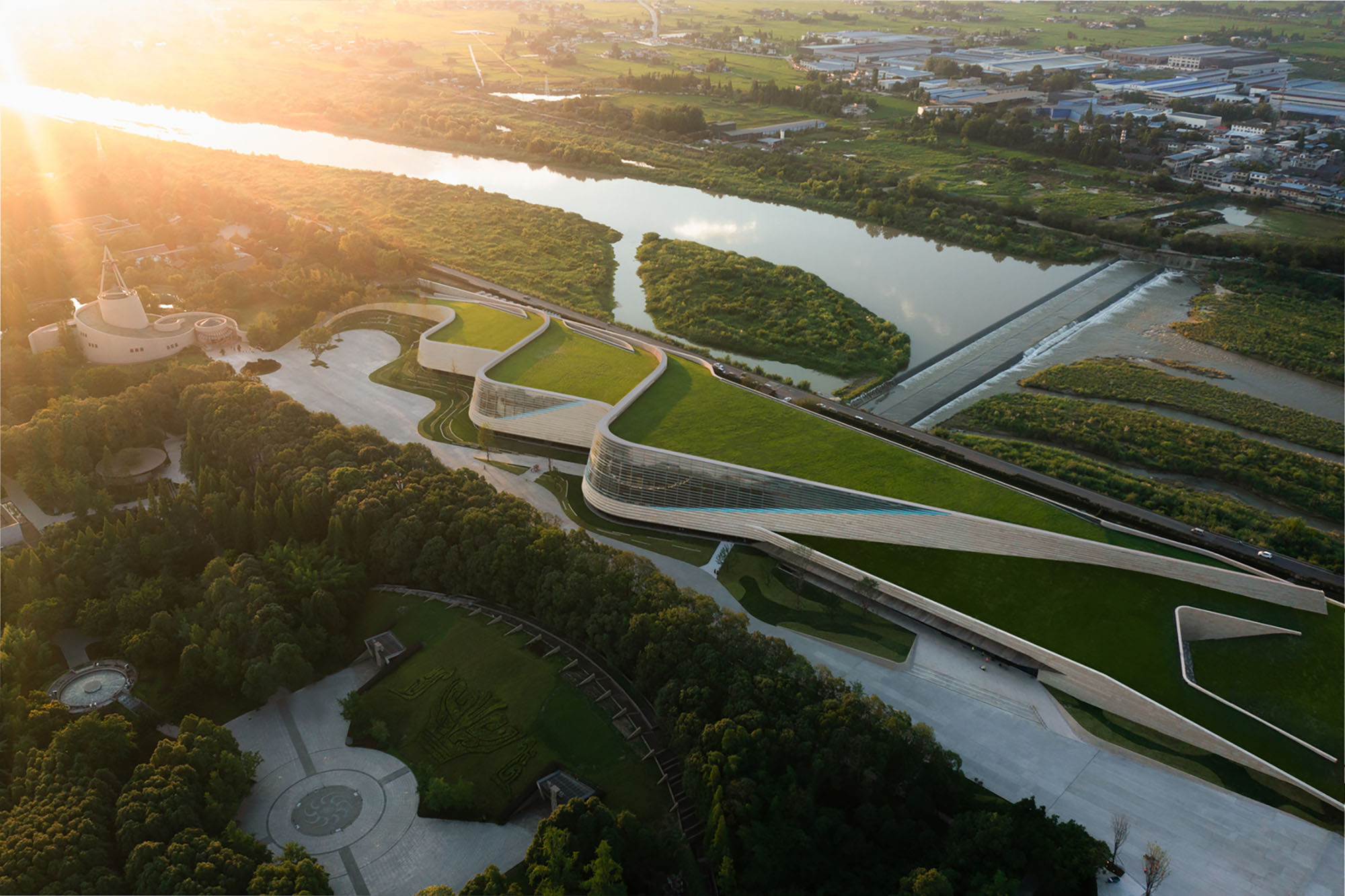
© CSWADI, Arch-Exist
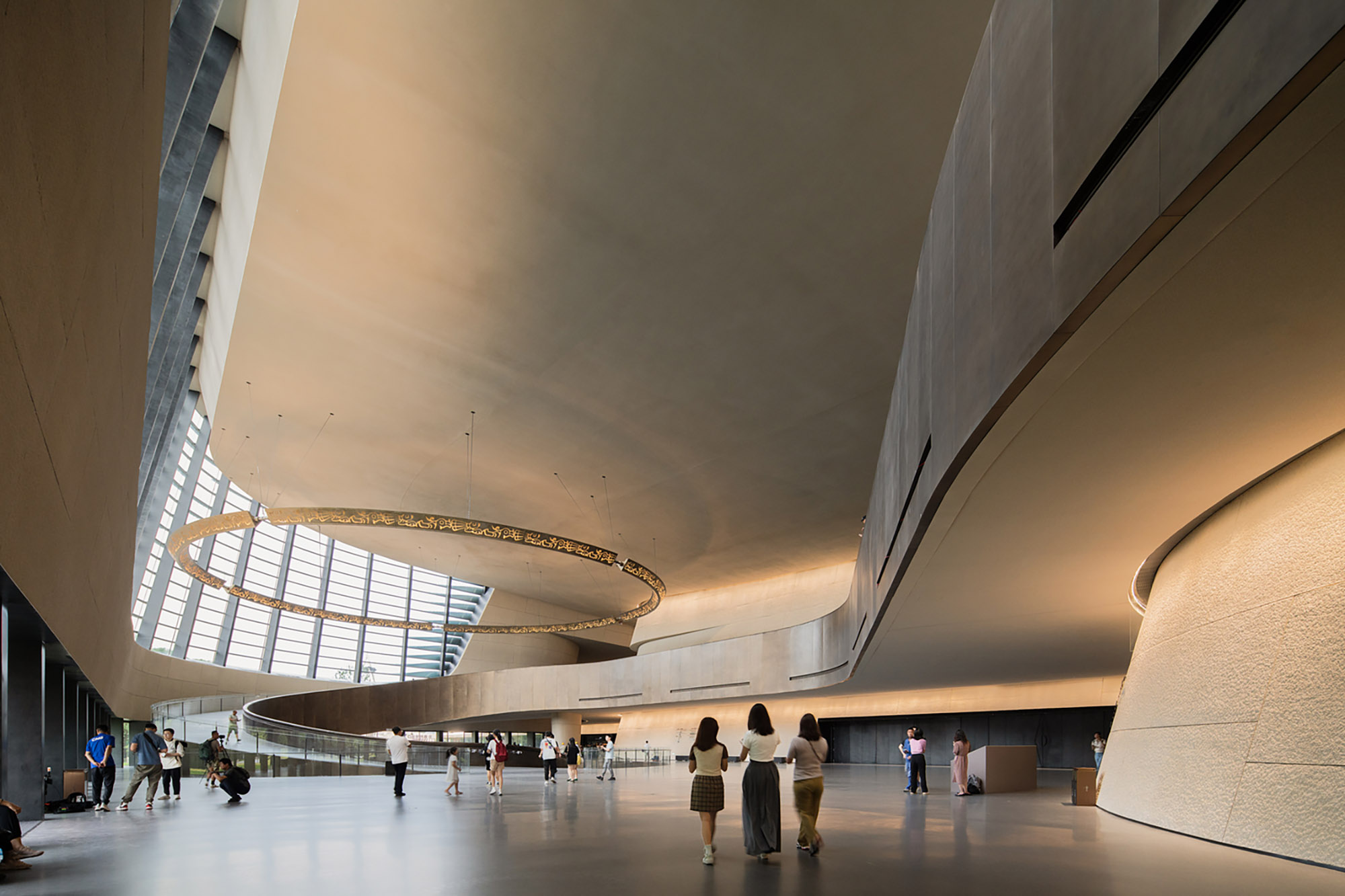
© CSWADI, Arch-Exist
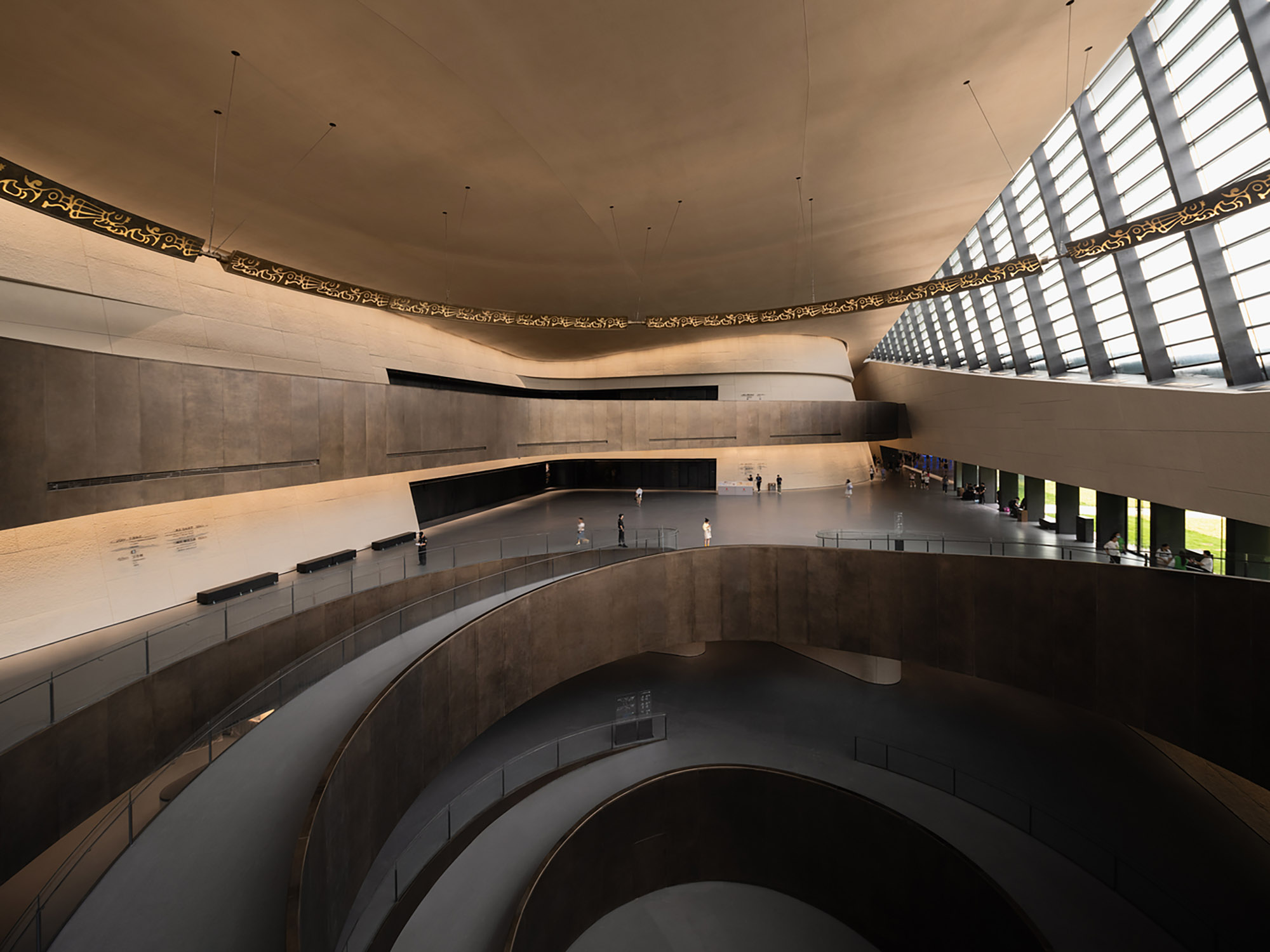
© CSWADI, Arch-Exist
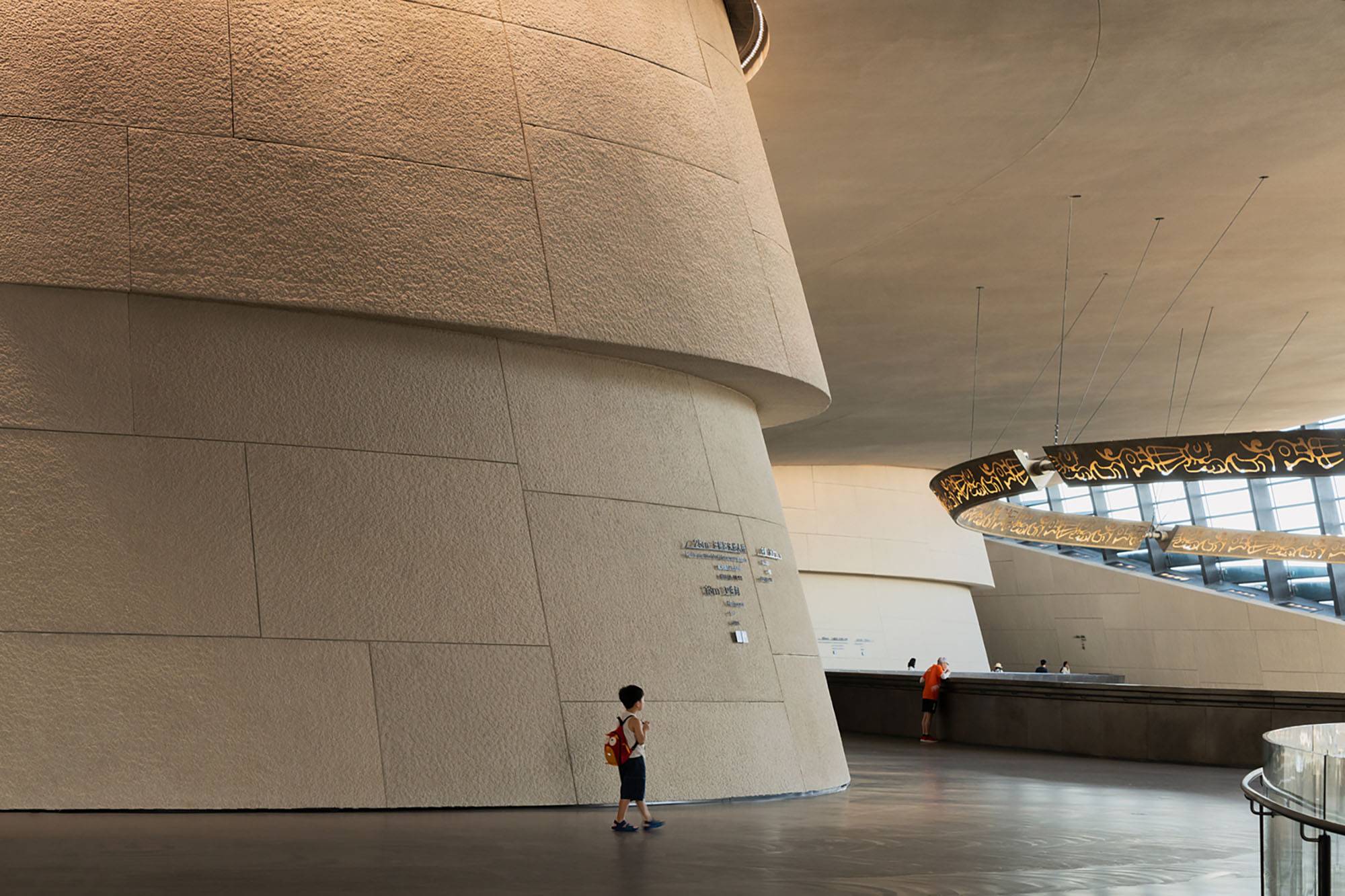
© CSWADI, Arch-Exist
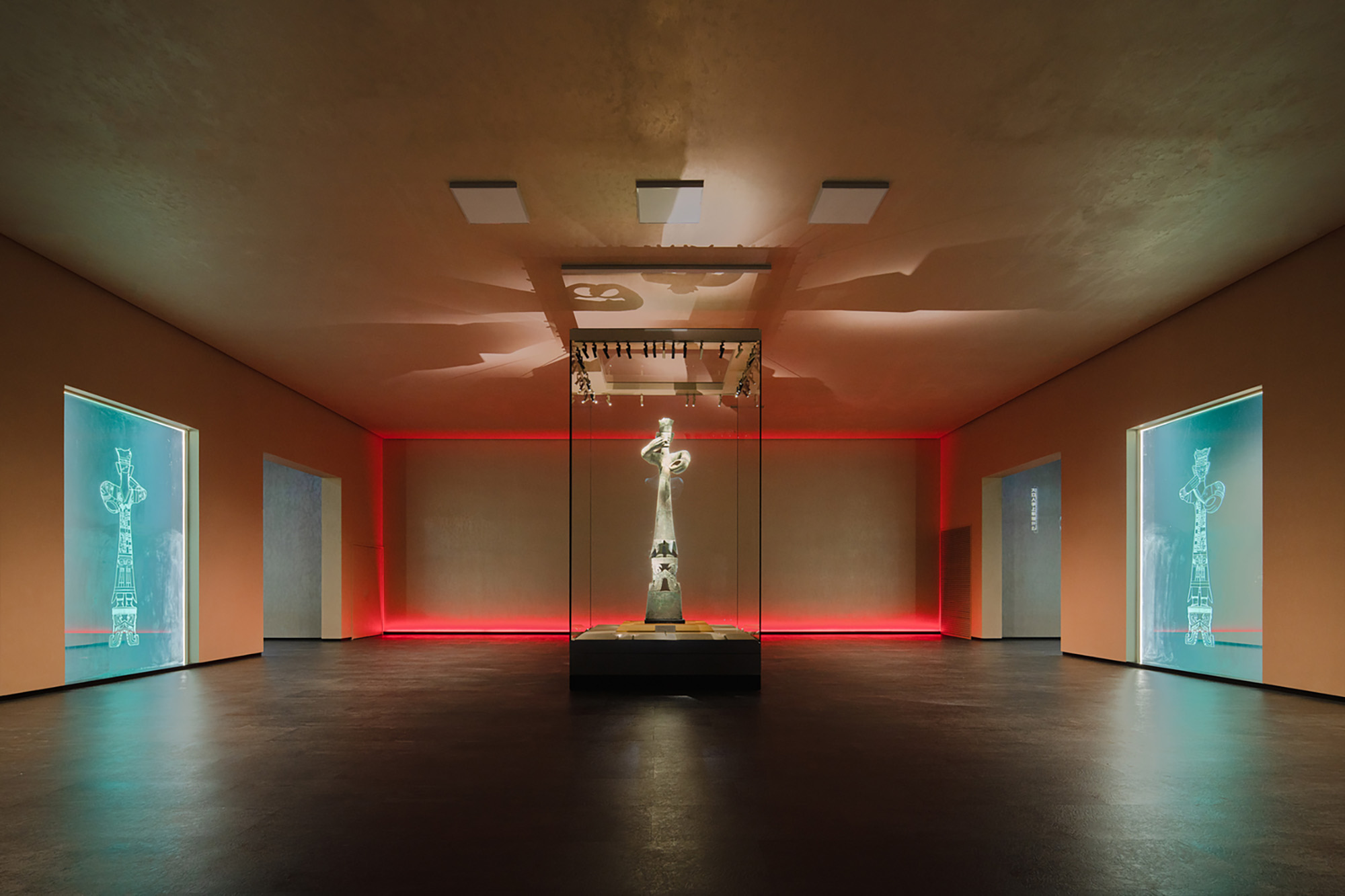
© CSWADI, Arch-Exist
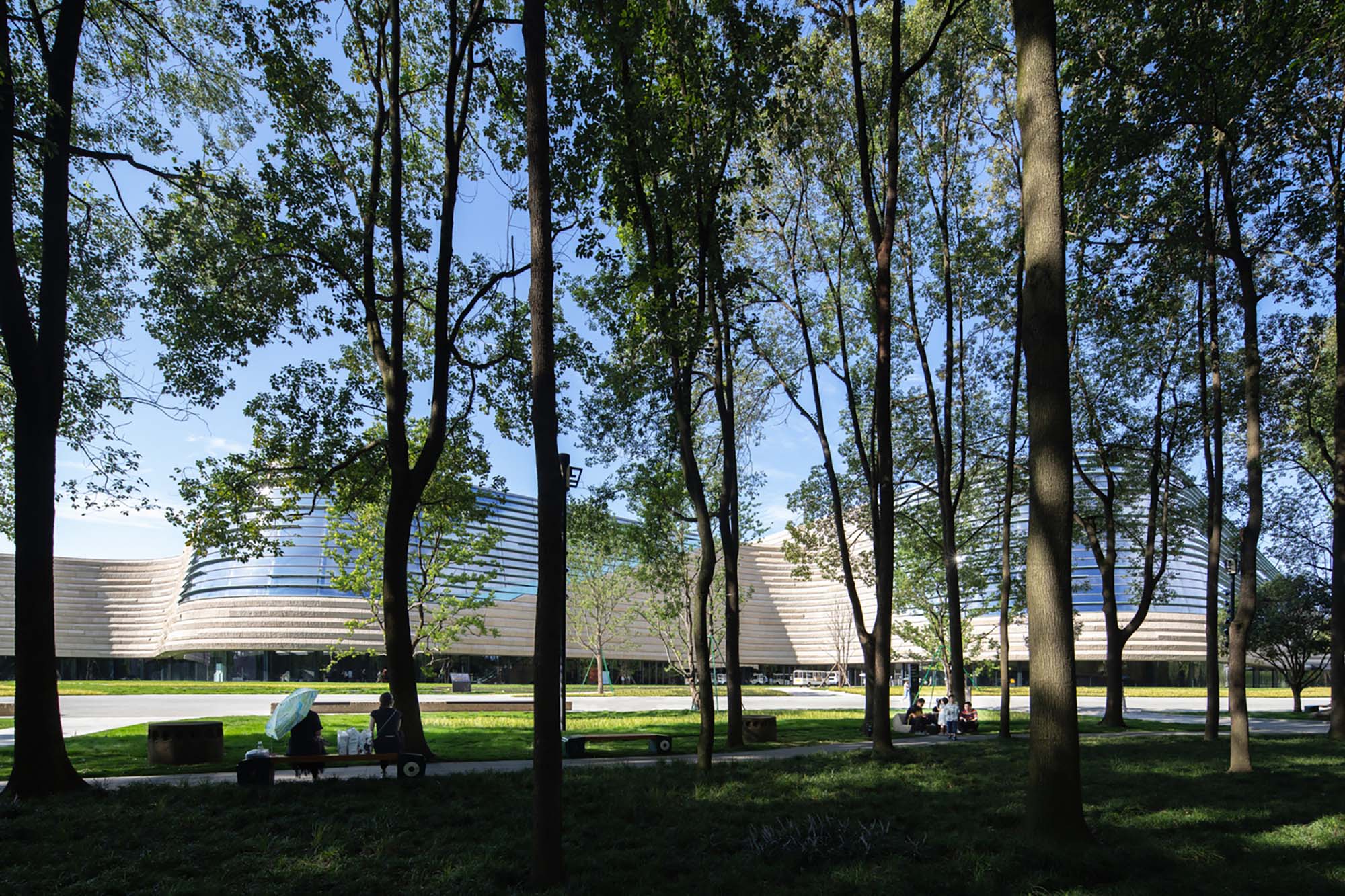
© CSWADI, Arch-Exist
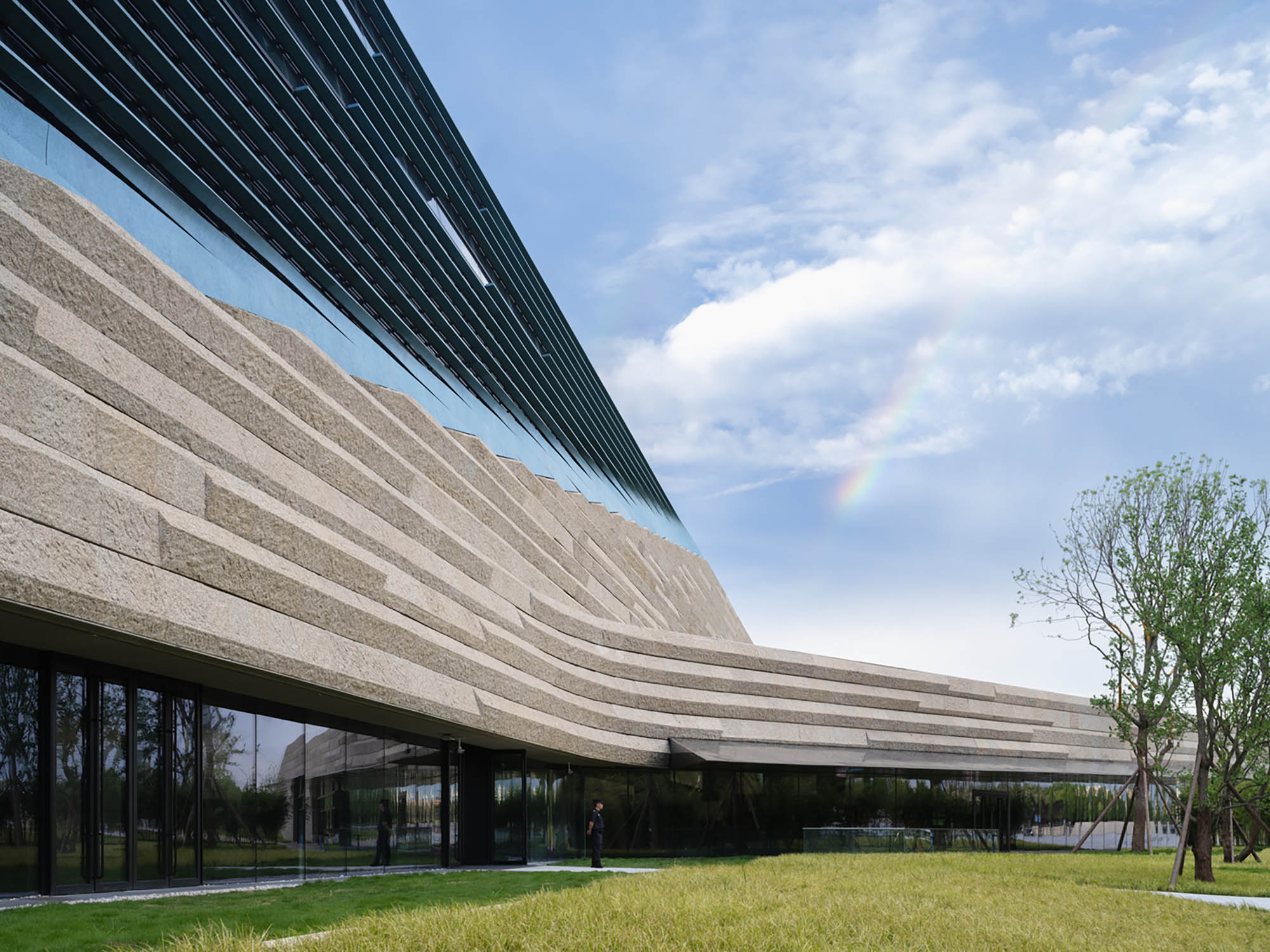
© CSWADI, Arch-Exist
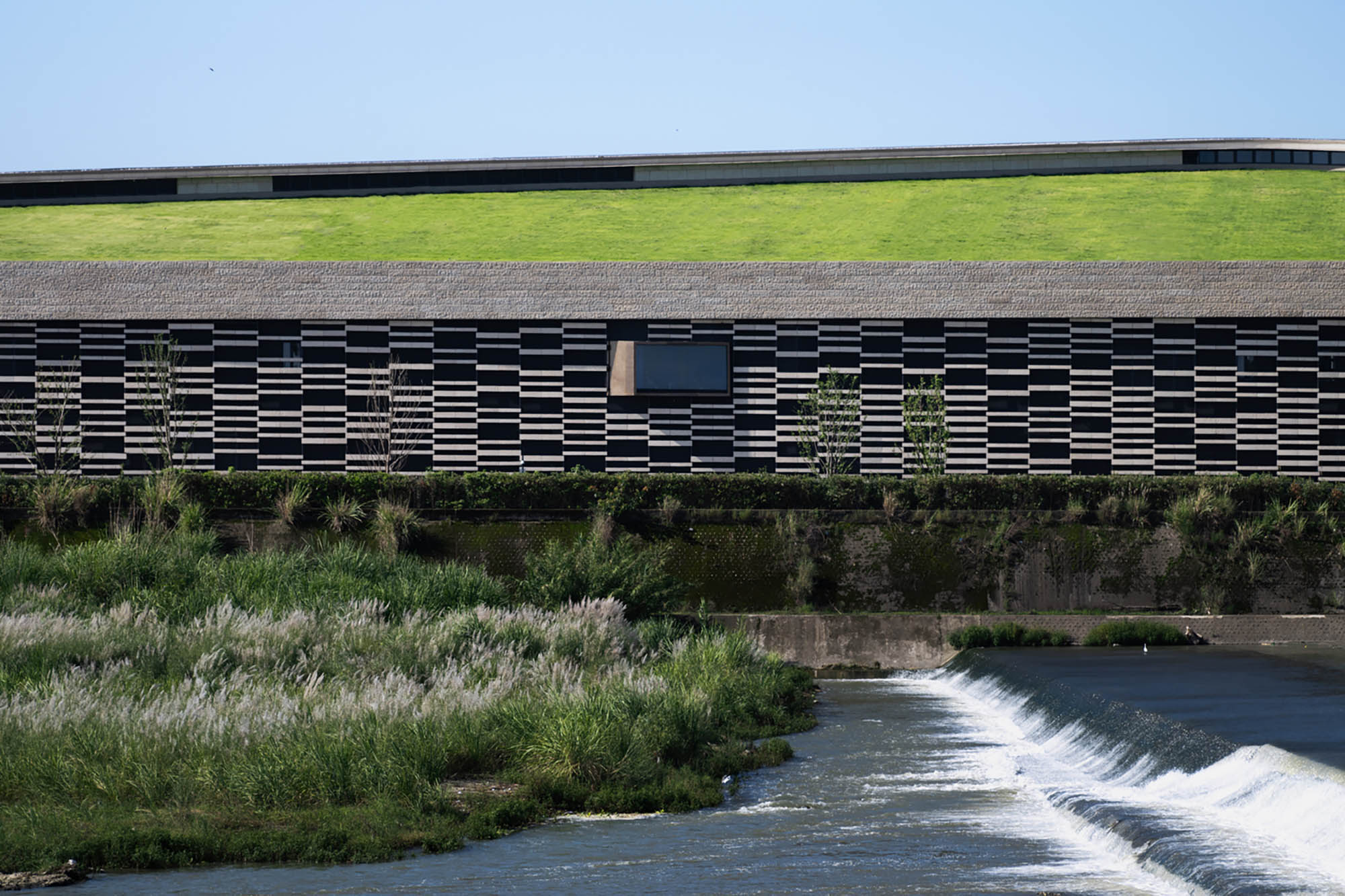
© CSWADI, Arch-Exist
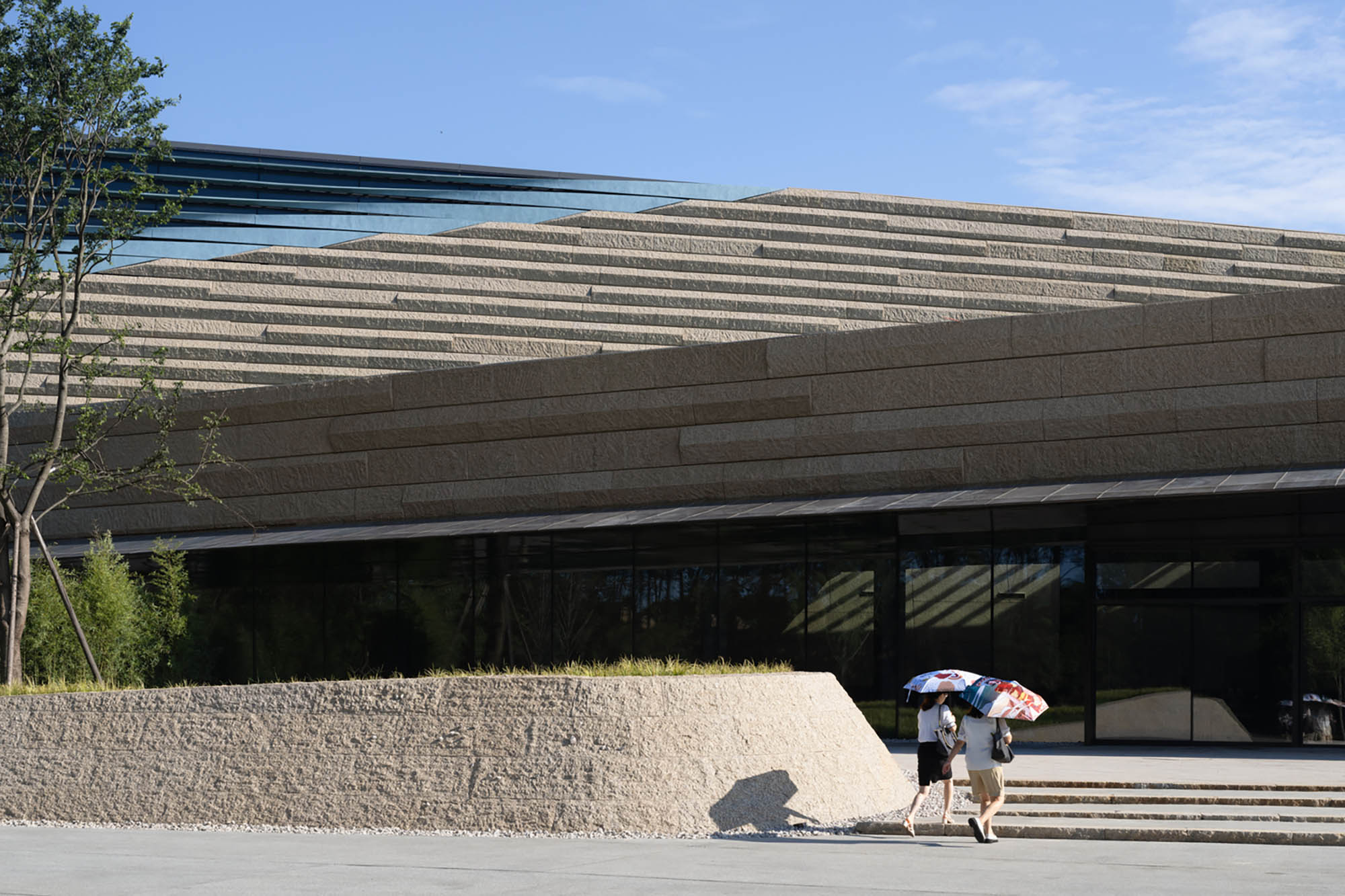
© CSWADI, Arch-Exist
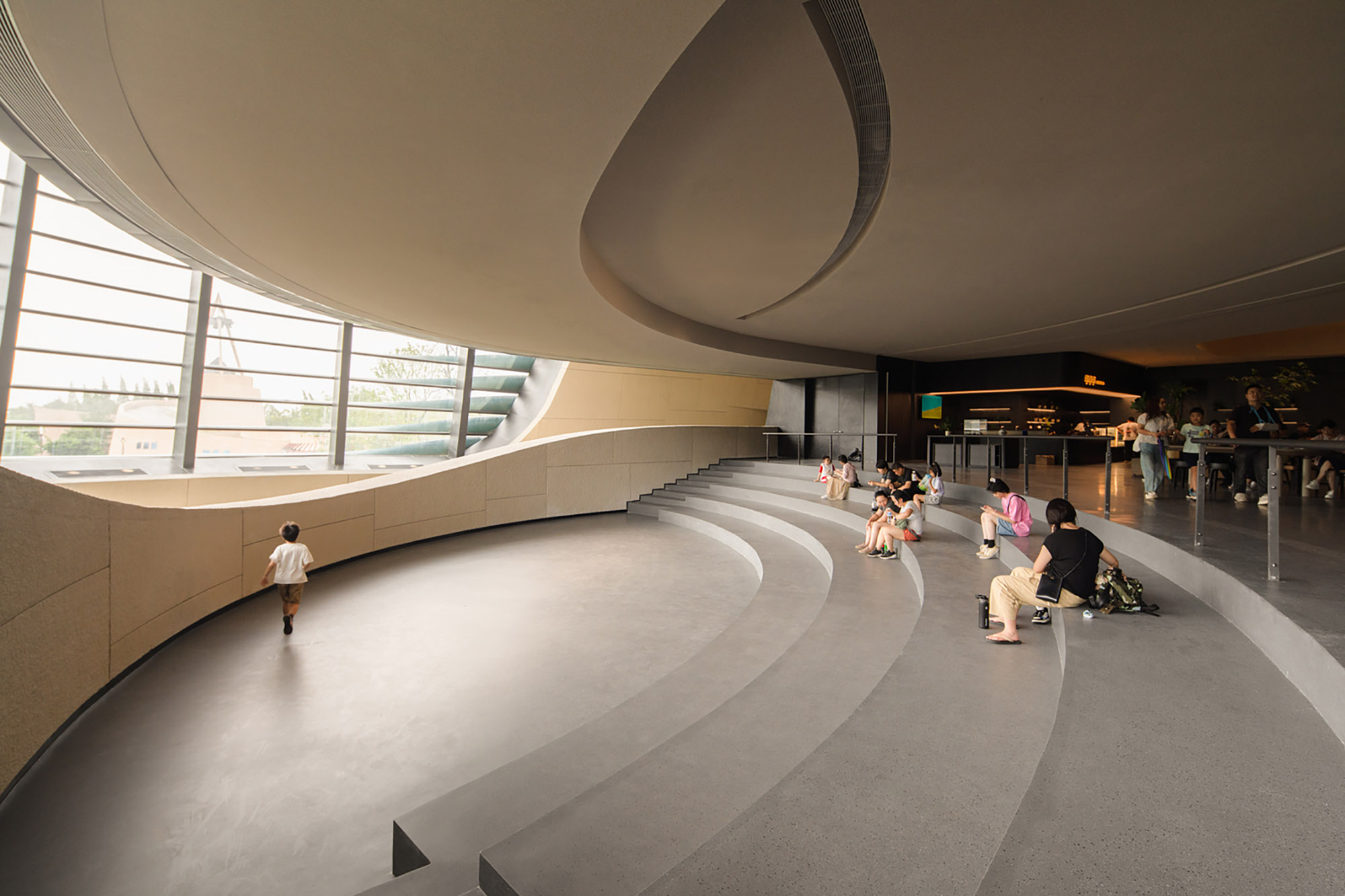
© CSWADI, Arch-Exist
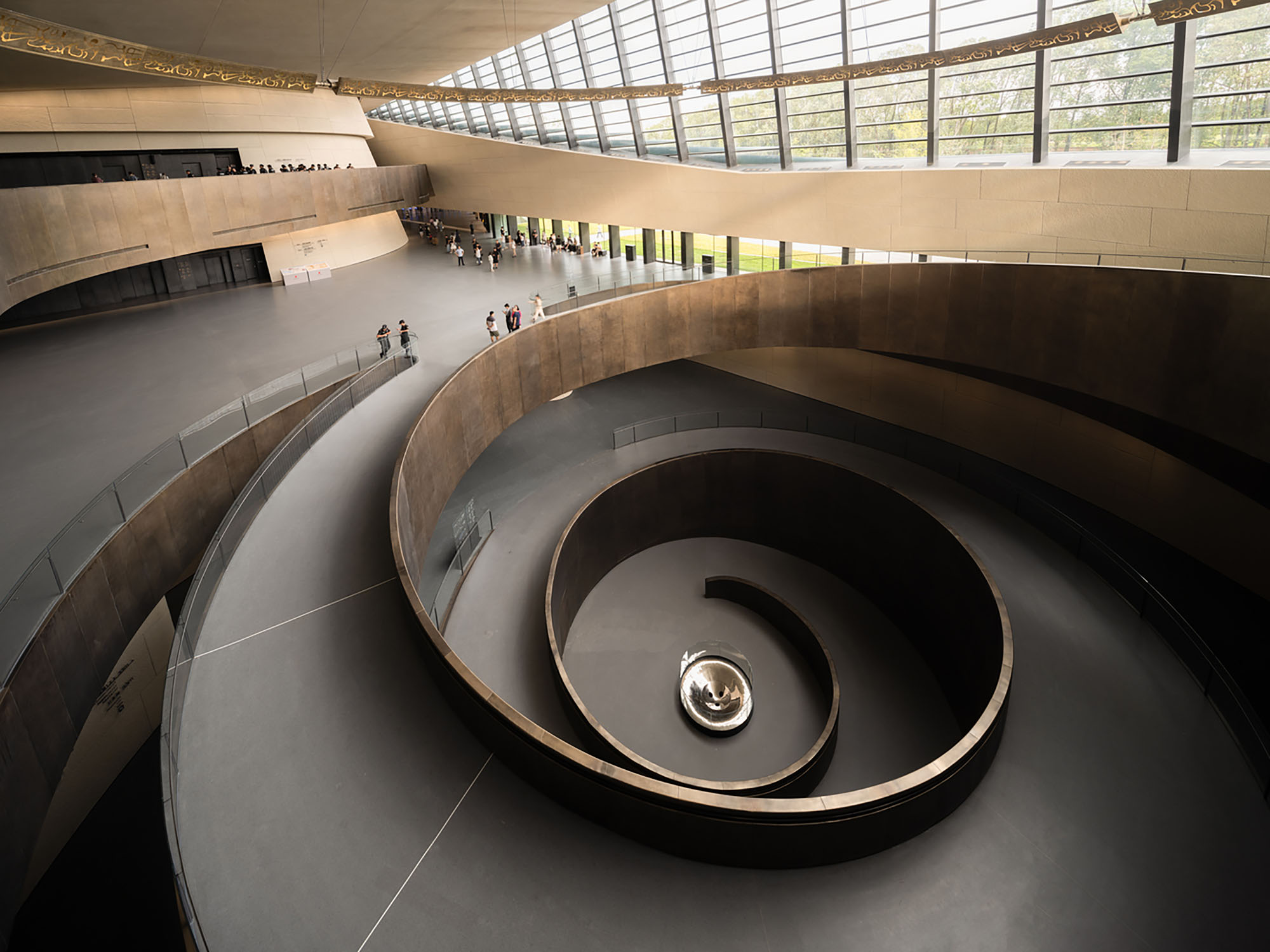
© CSWADI, Arch-Exist
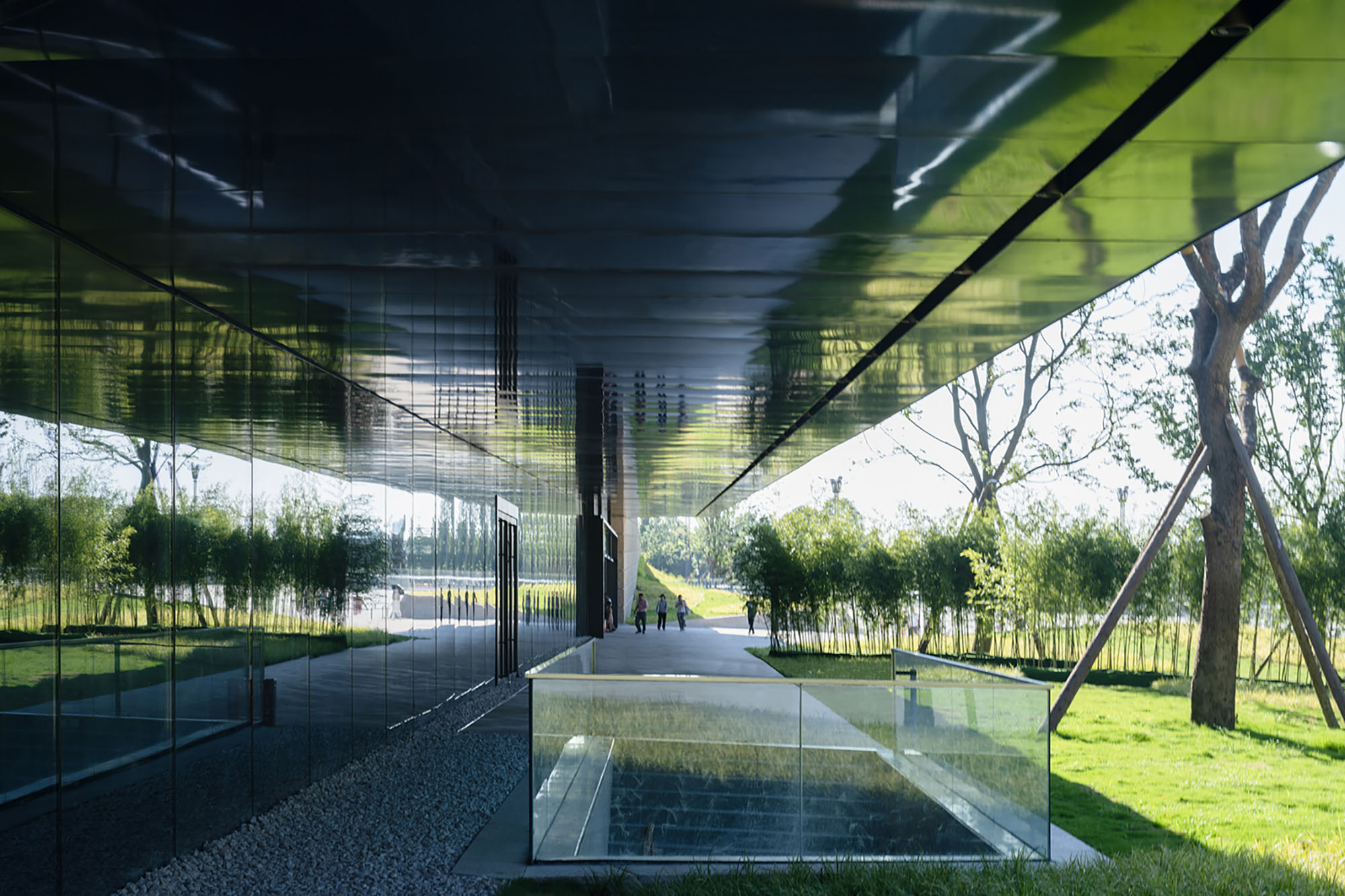
© CSWADI, Arch-Exist
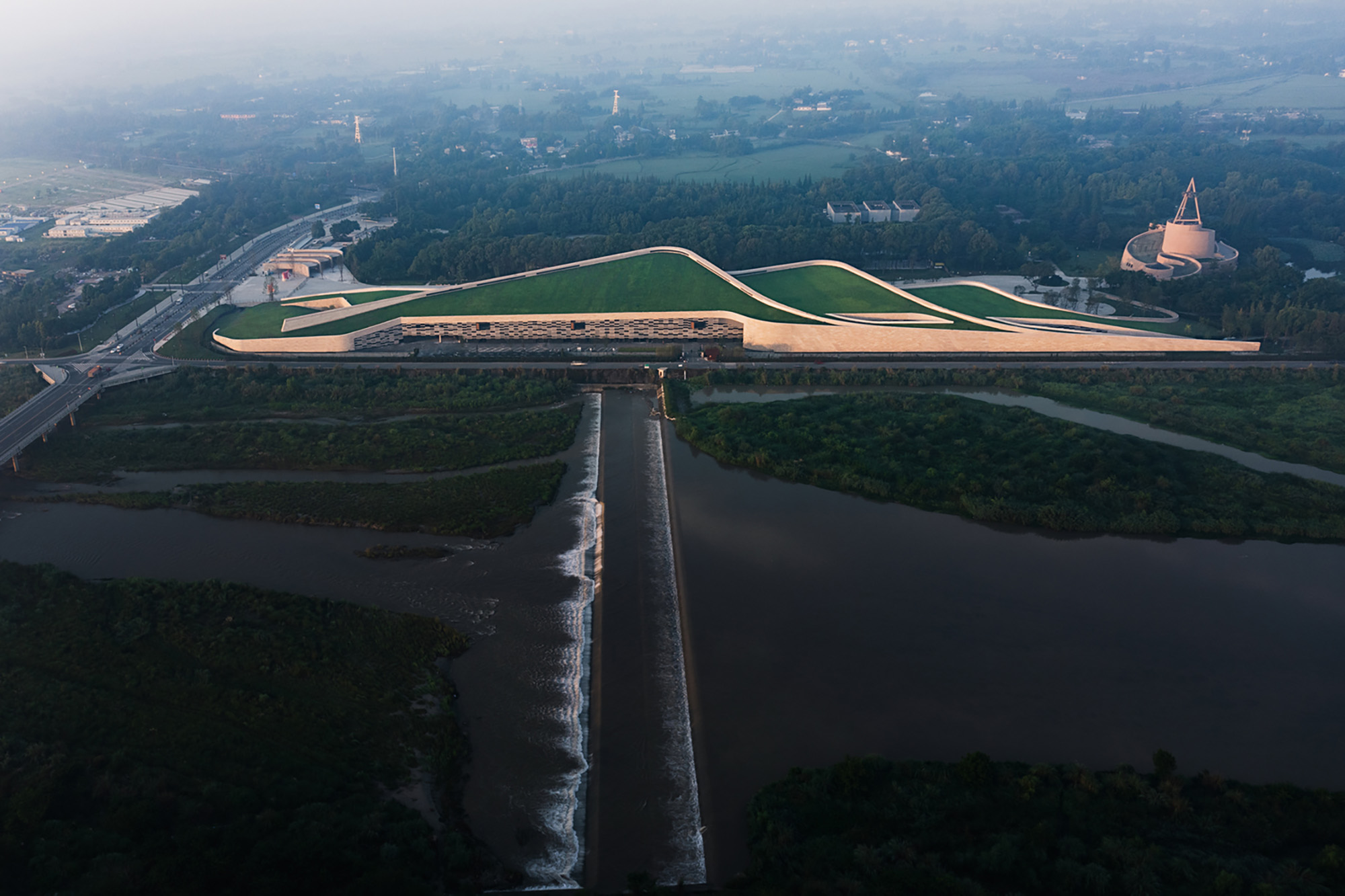
© CSWADI, Arch-Exist
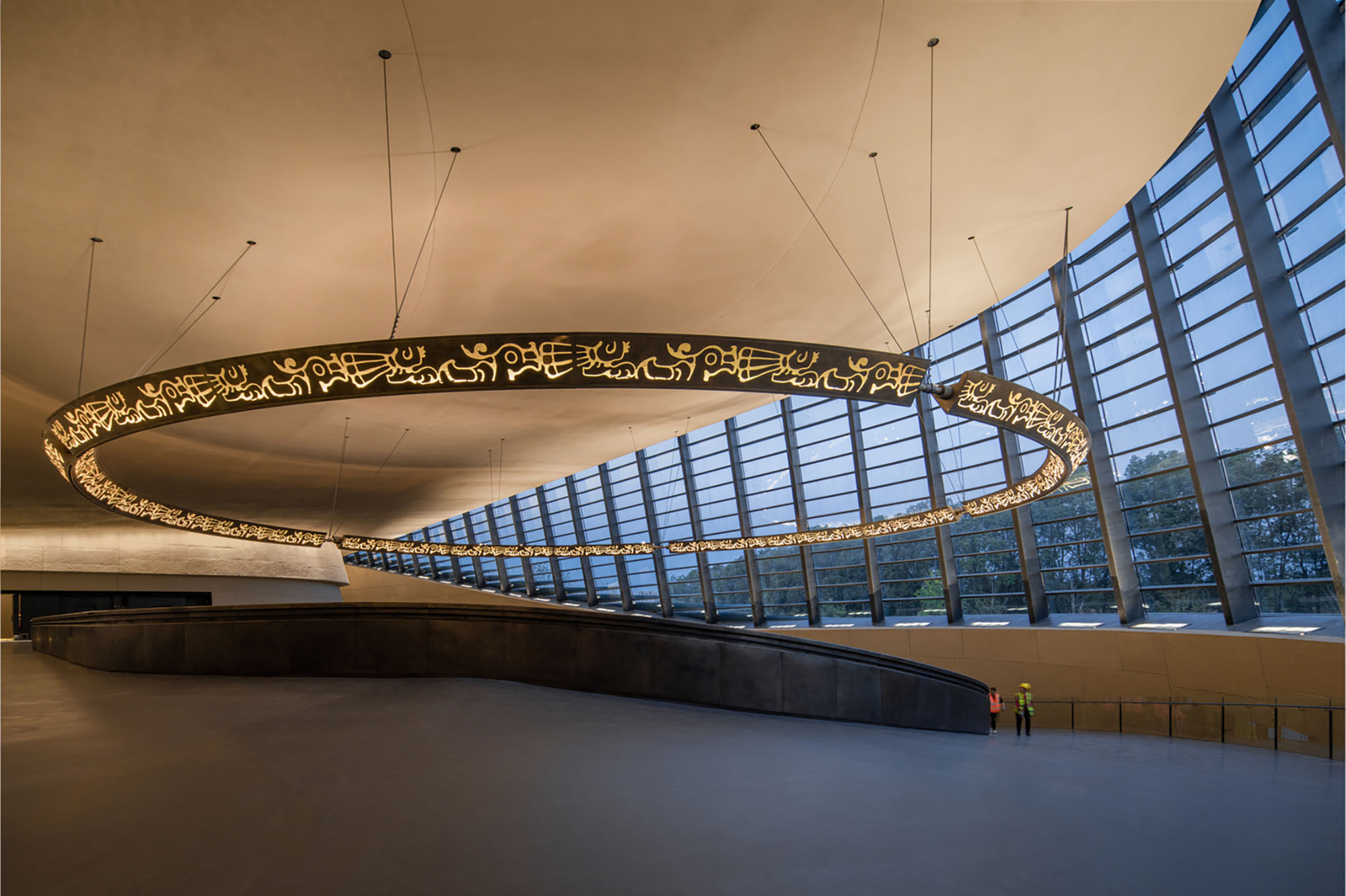
© CSWADI, Arch-Exist
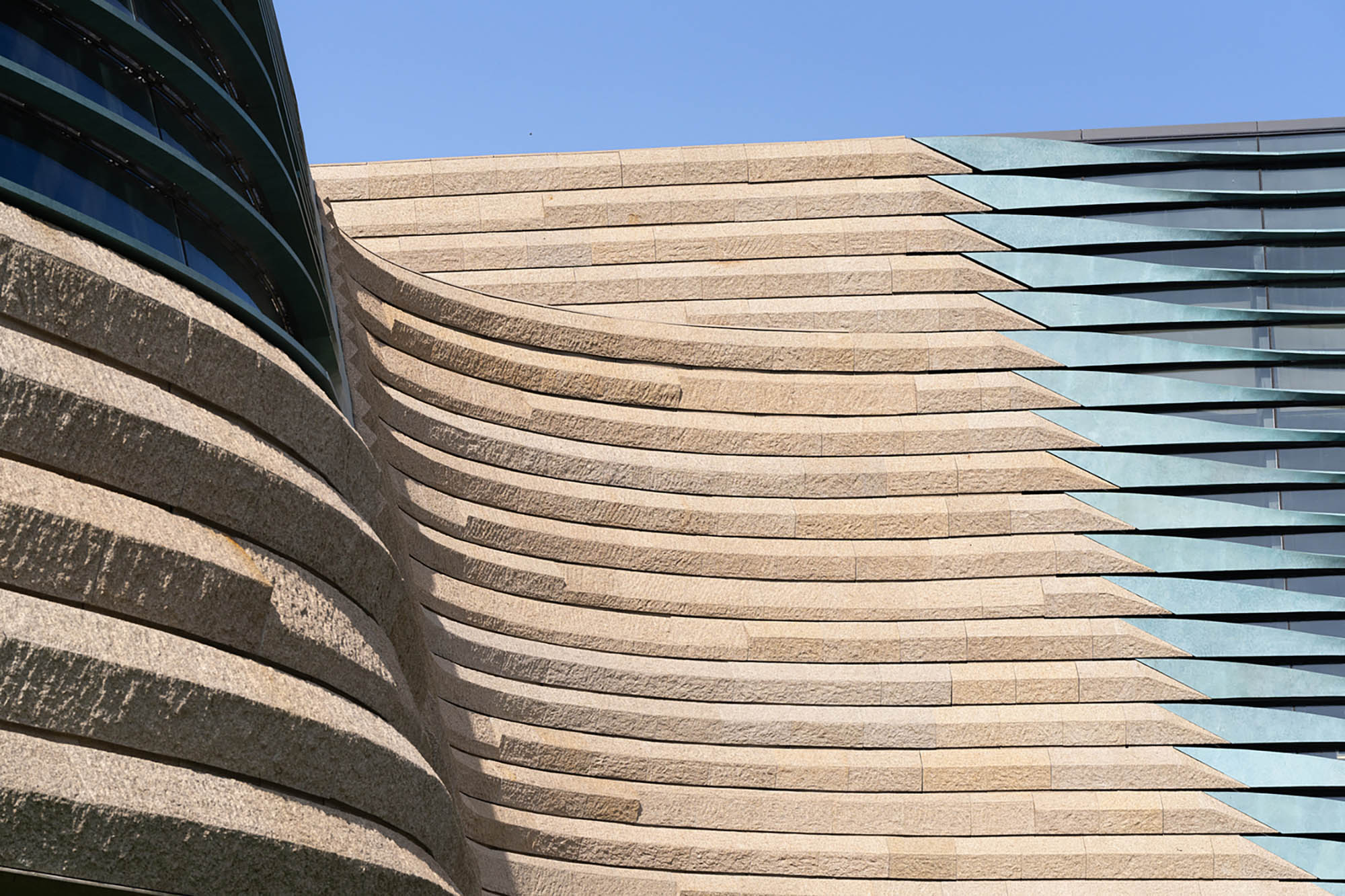
© CSWADI, Arch-Exist
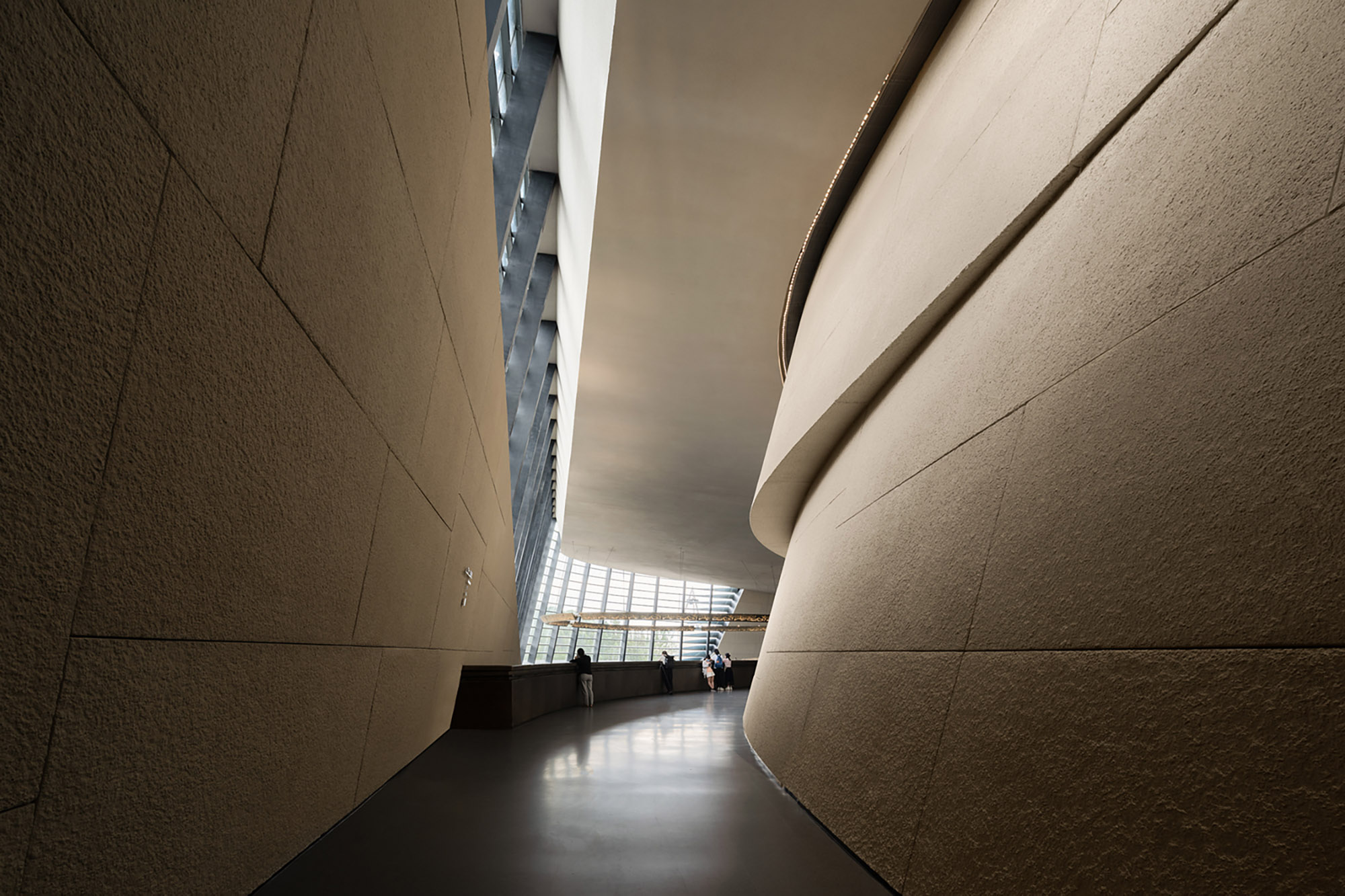
© CSWADI, Arch-Exist
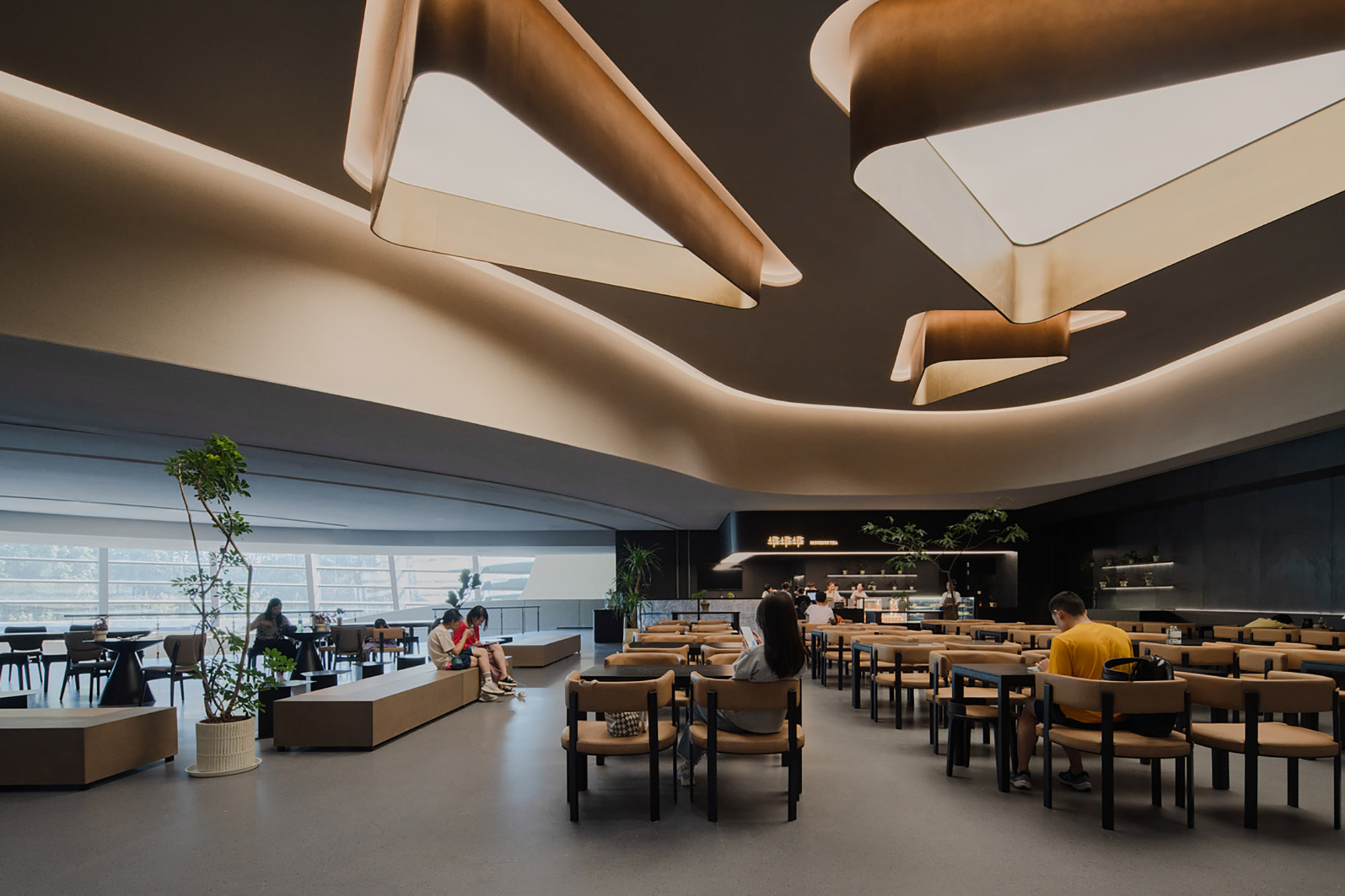
© CSWADI, Arch-Exist
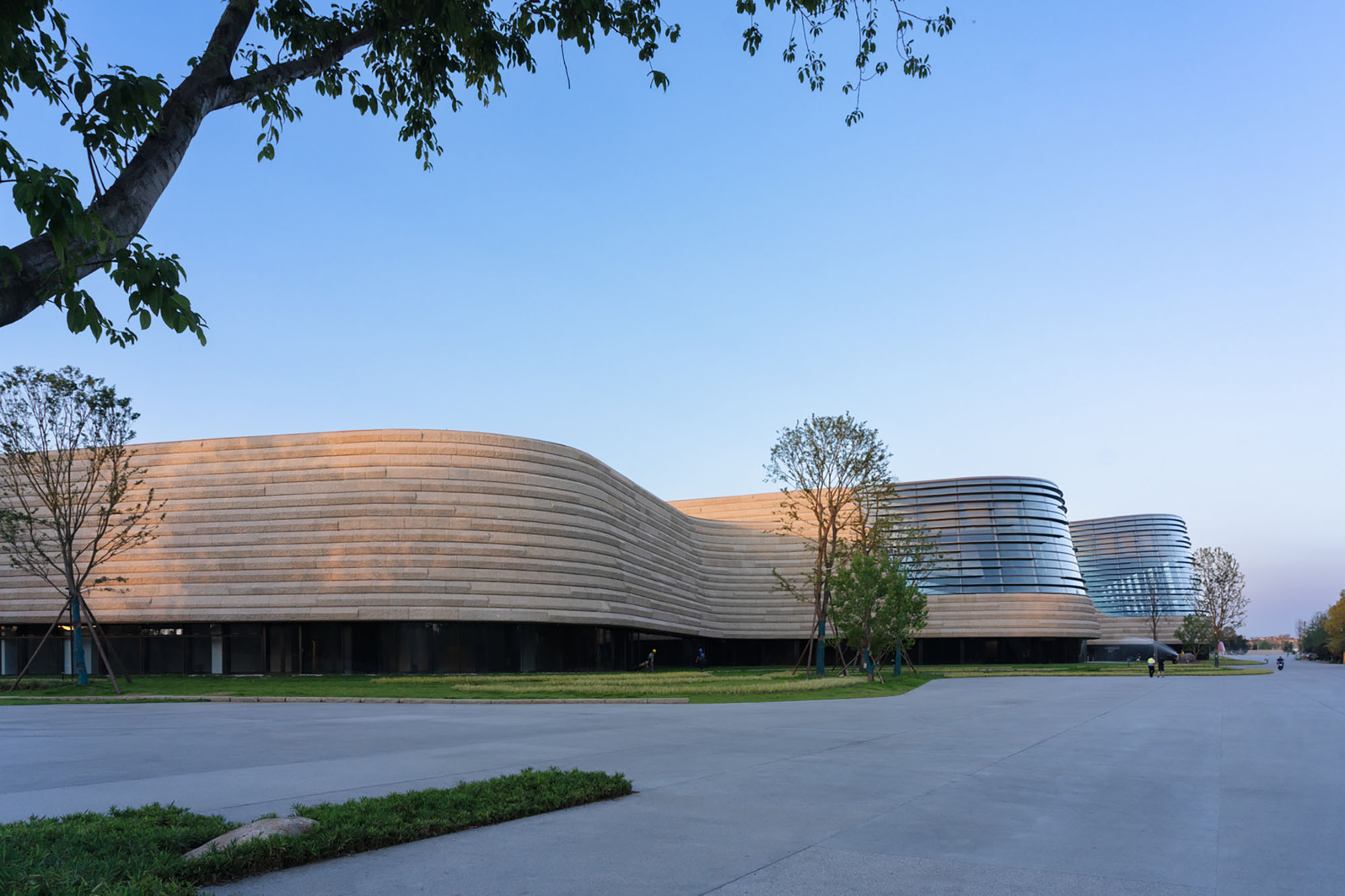
© CSWADI, Arch-Exist

© CSWADI, Arch-Exist
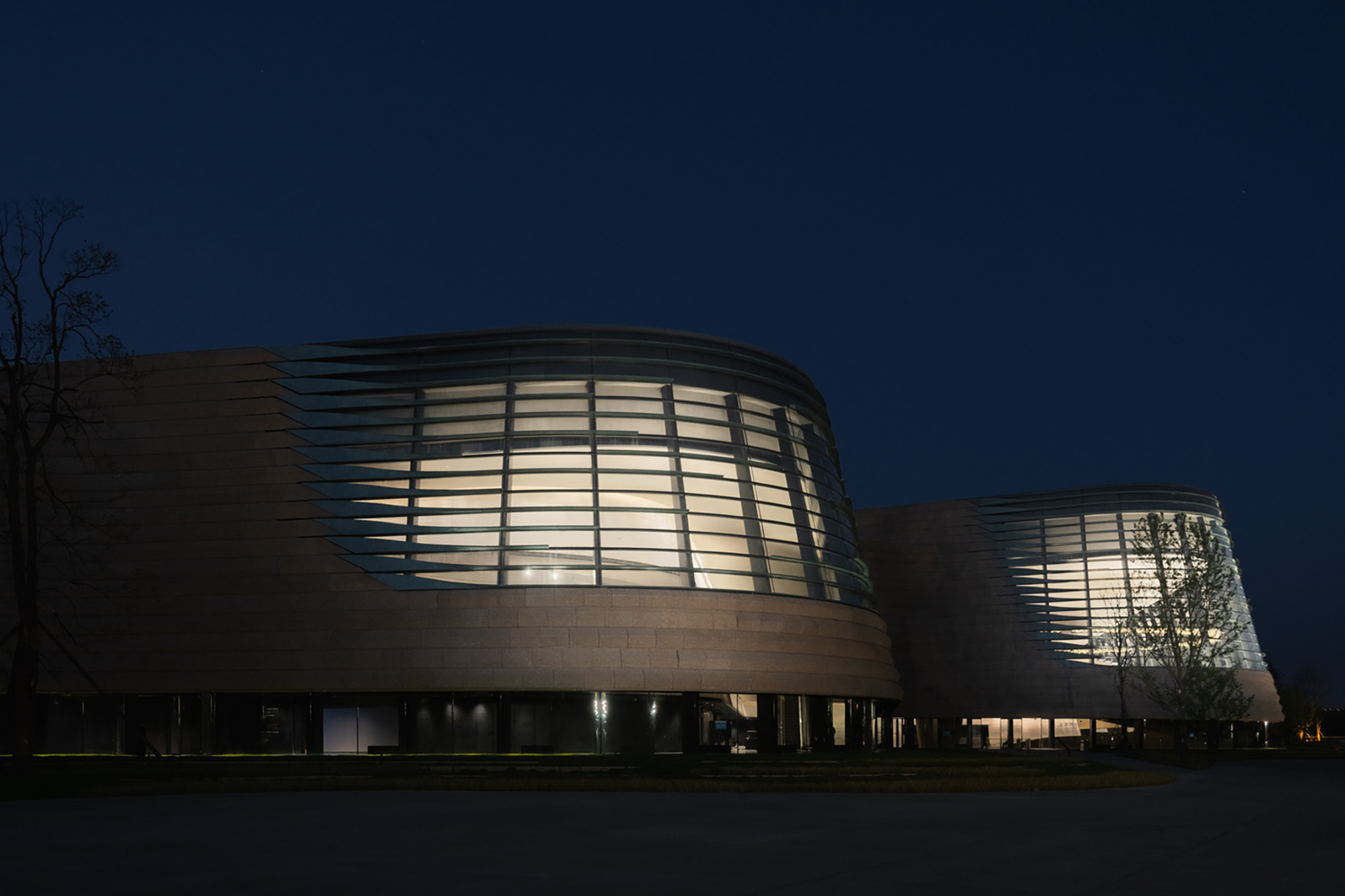
© CSWADI, Arch-Exist
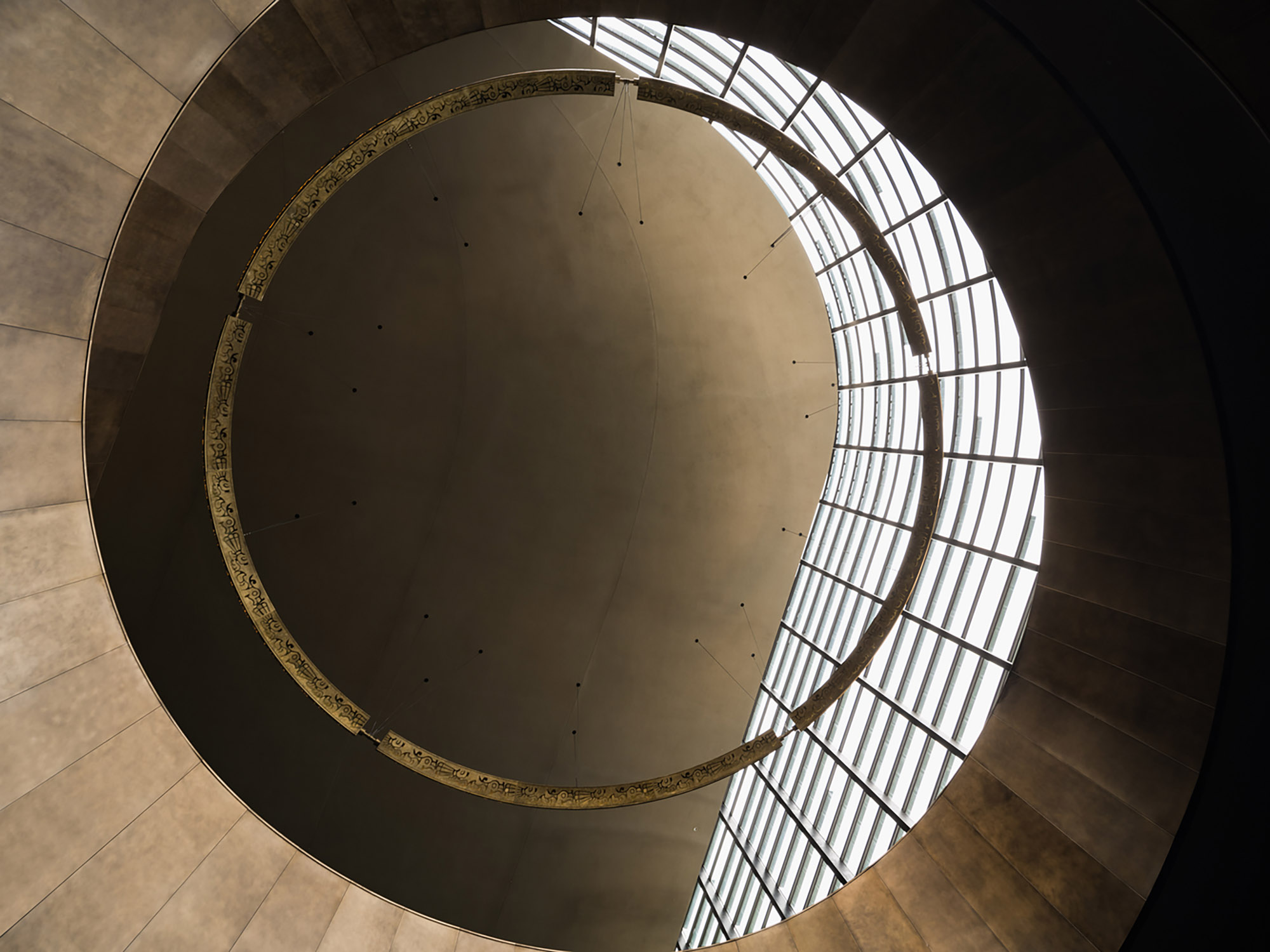
© CSWADI, Arch-Exist
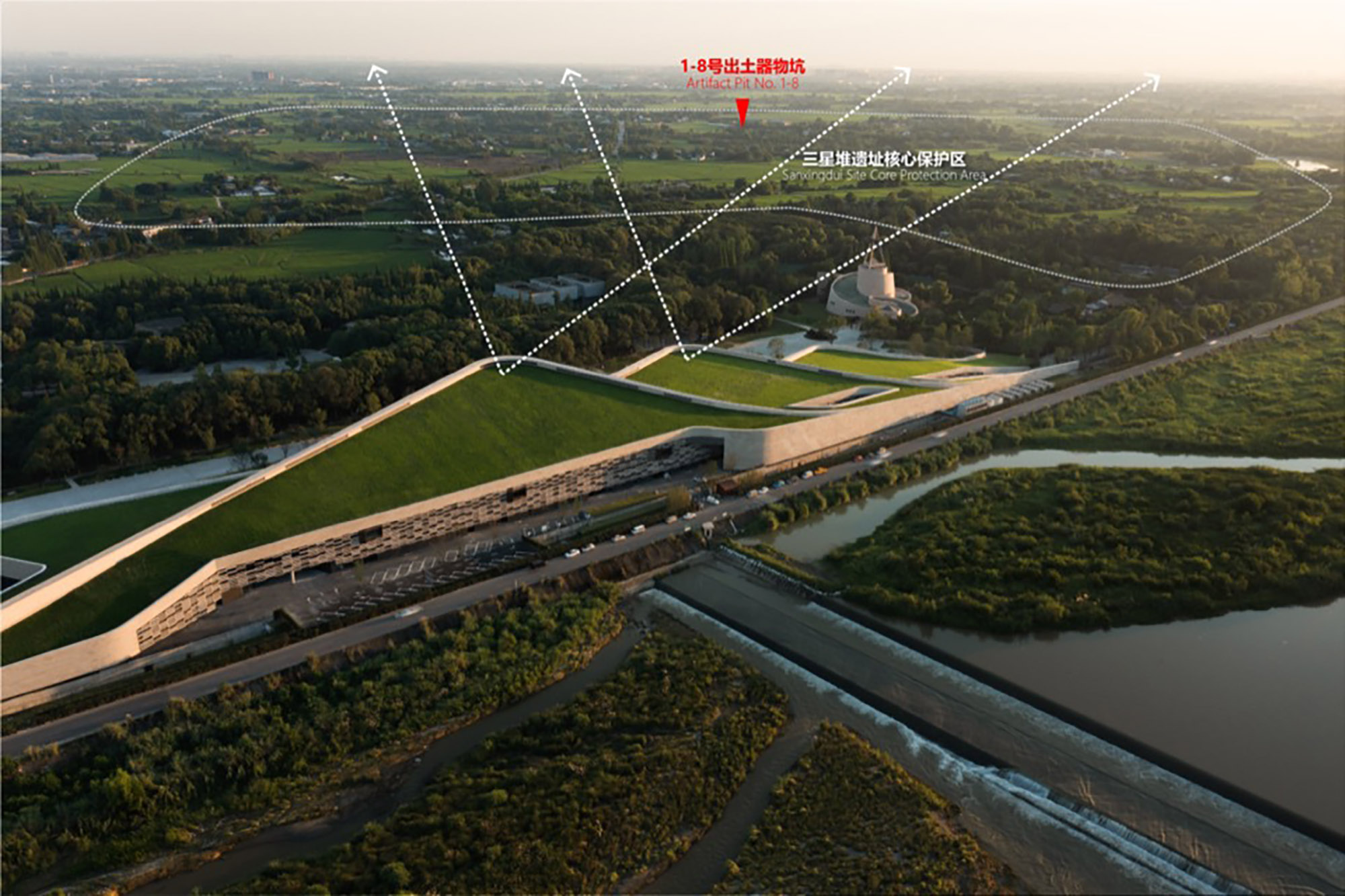
© CSWADI, Arch-Exist
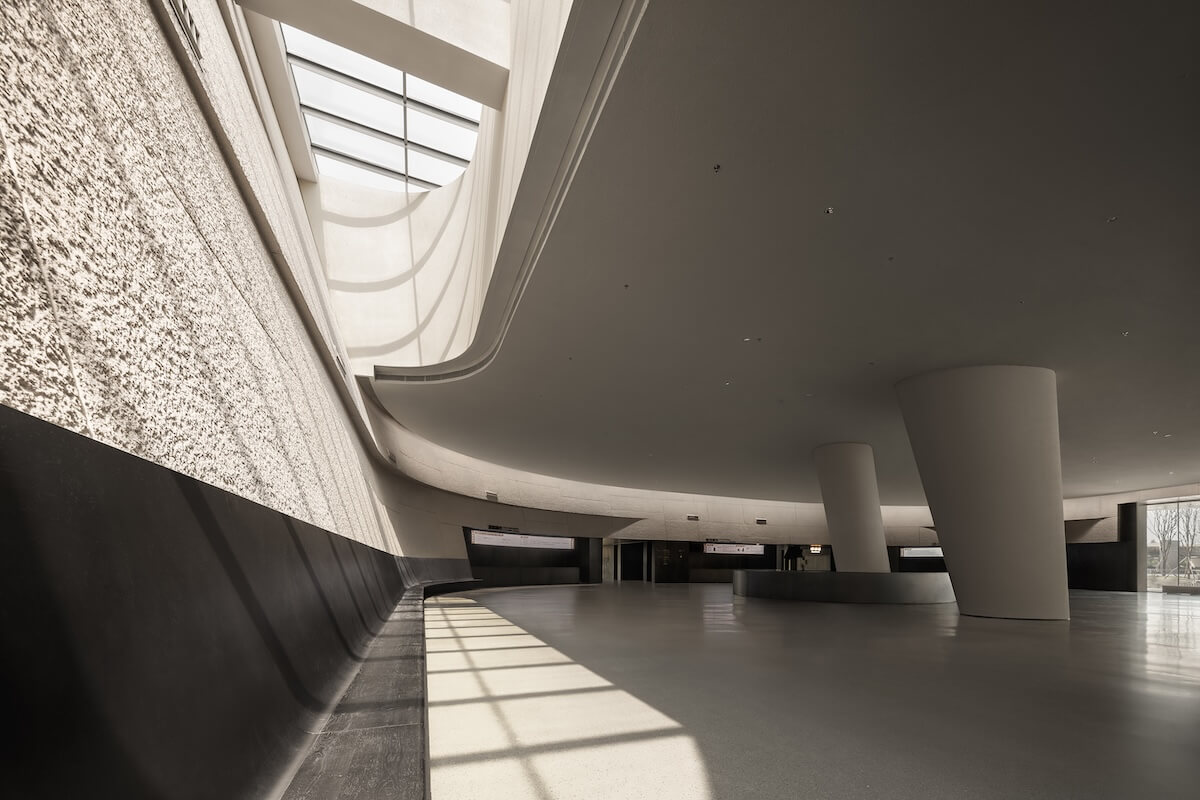
© CSWADI, Ting Wang
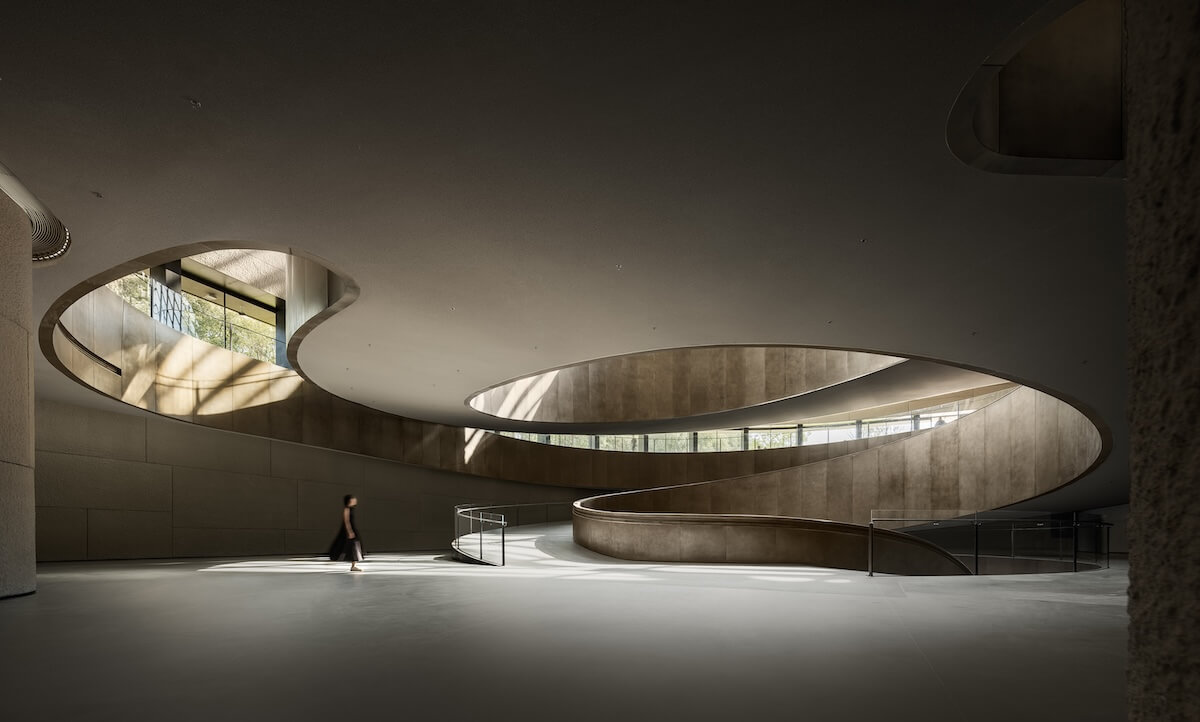
© CSWADI, Ting Wang
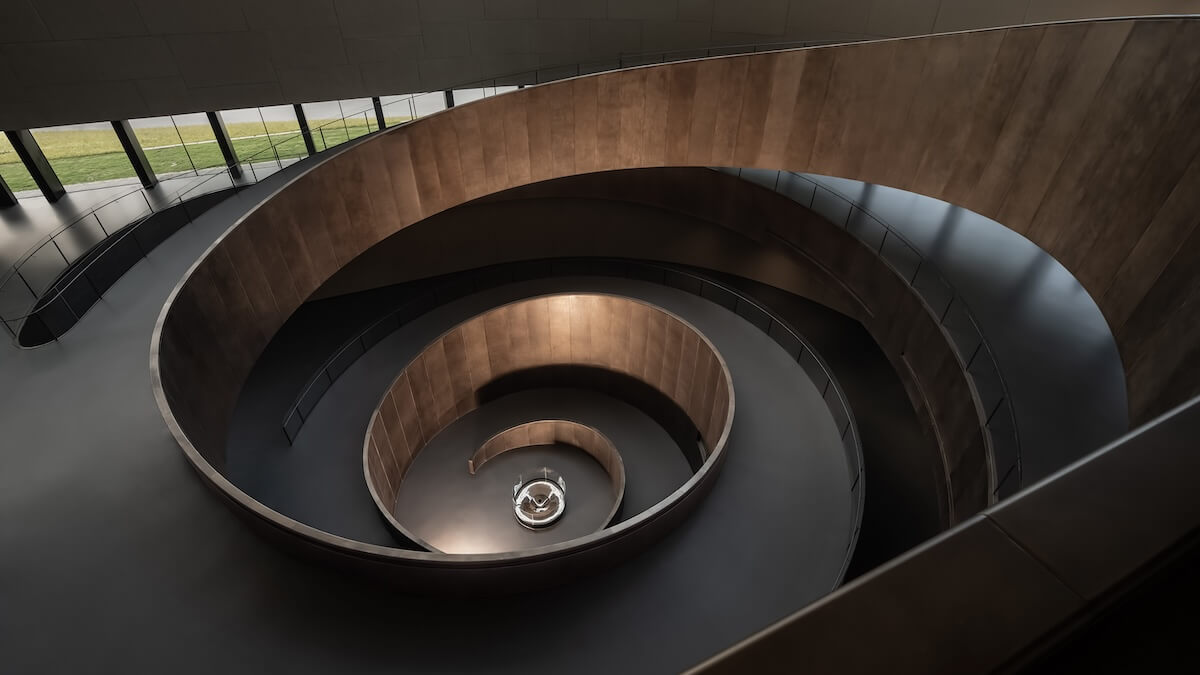
© CSWADI, Ting Wang

© CSWADI, Ting Wang
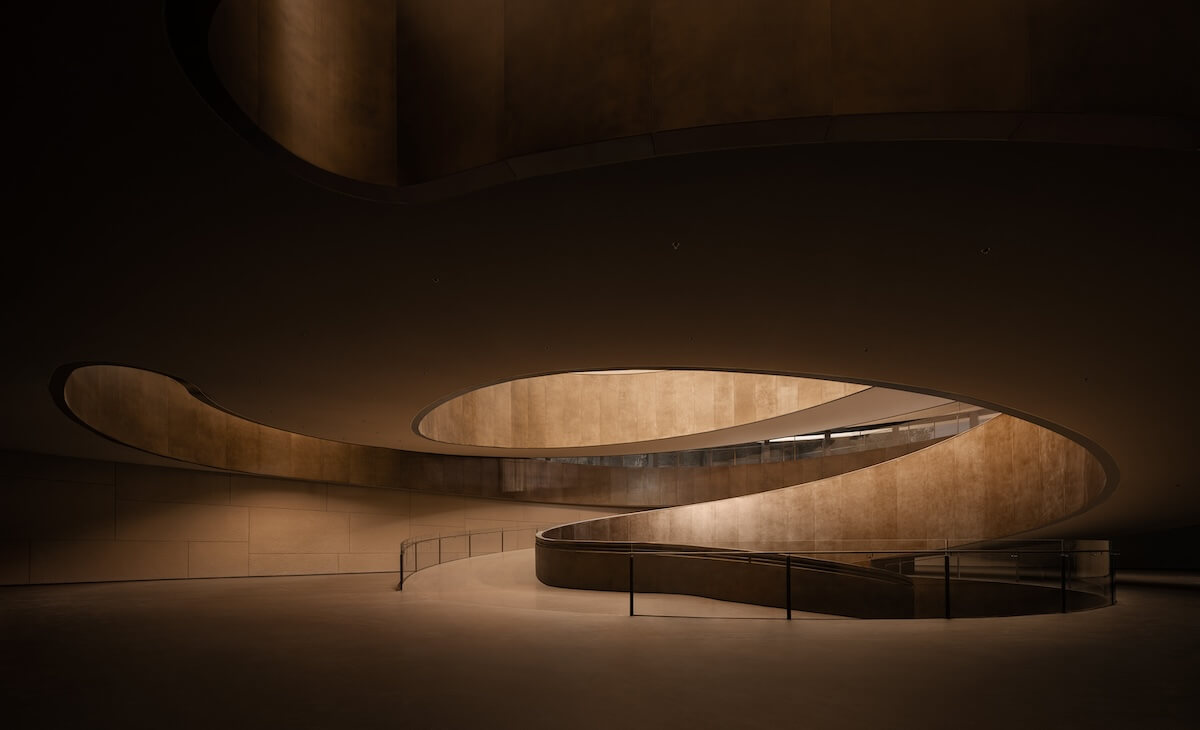
© CSWADI, Ting Wang
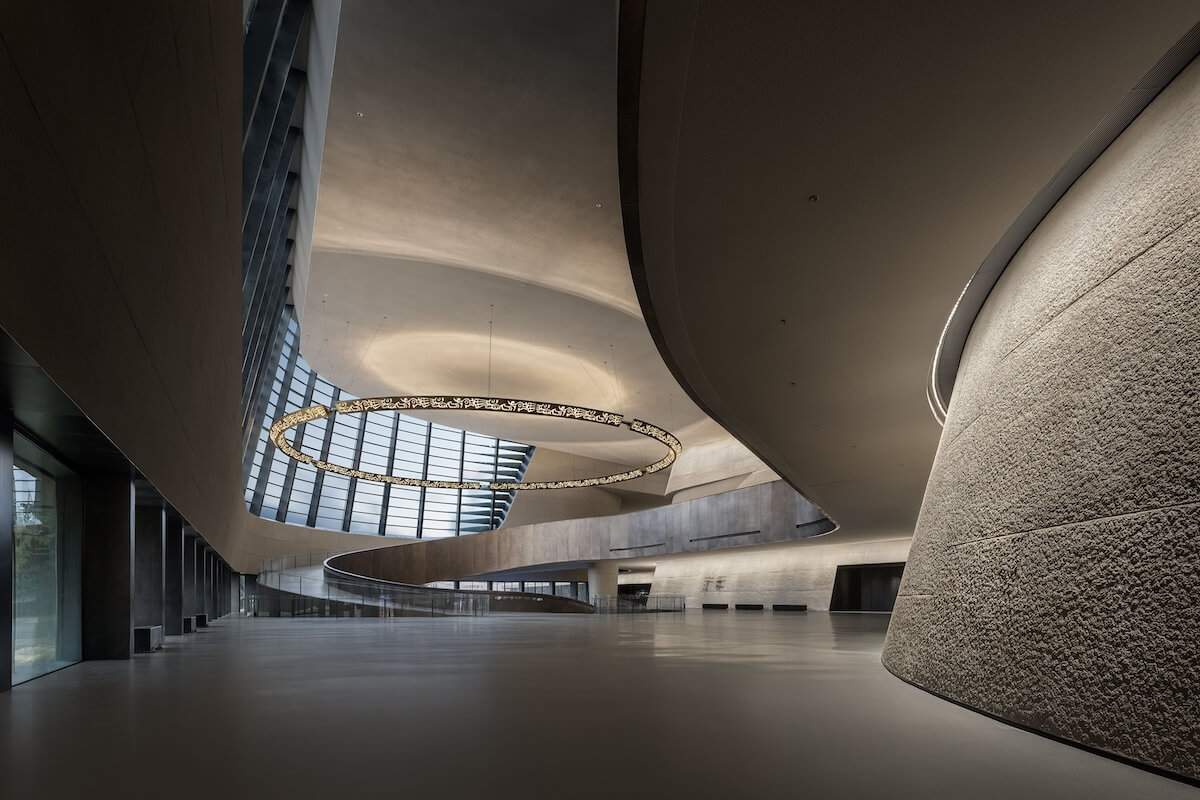
© CSWADI, Ting Wang
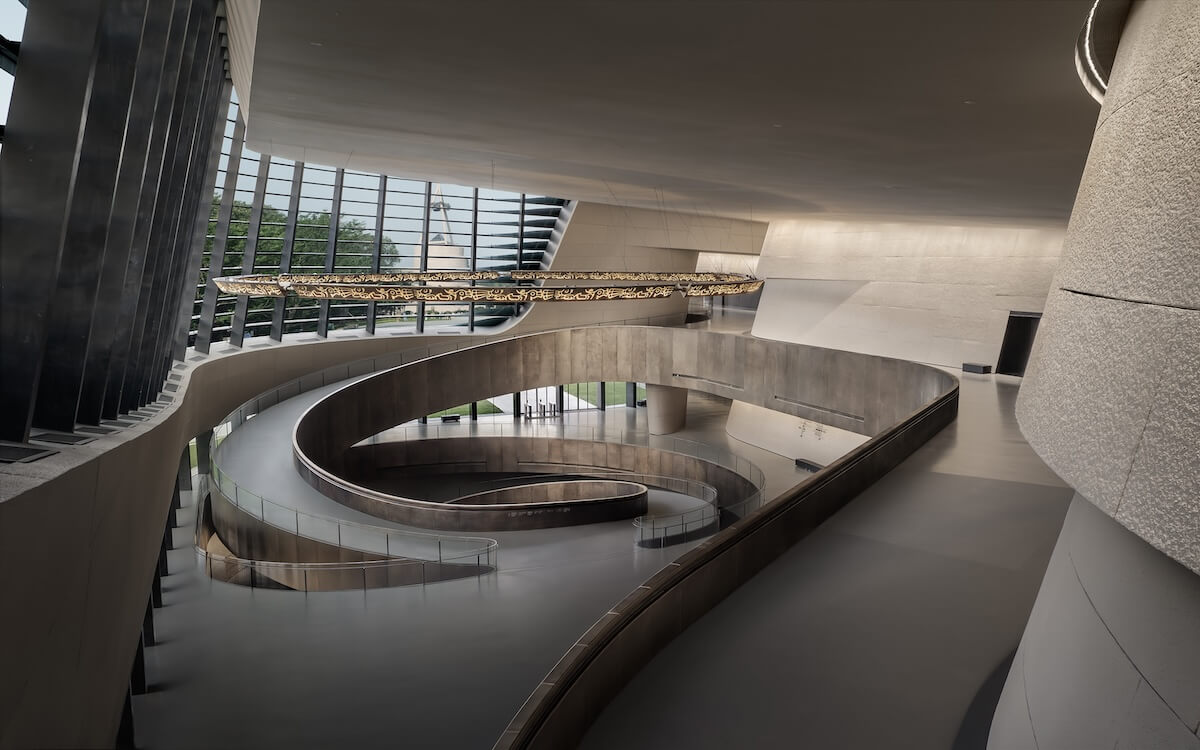
© CSWADI, Ting Wang
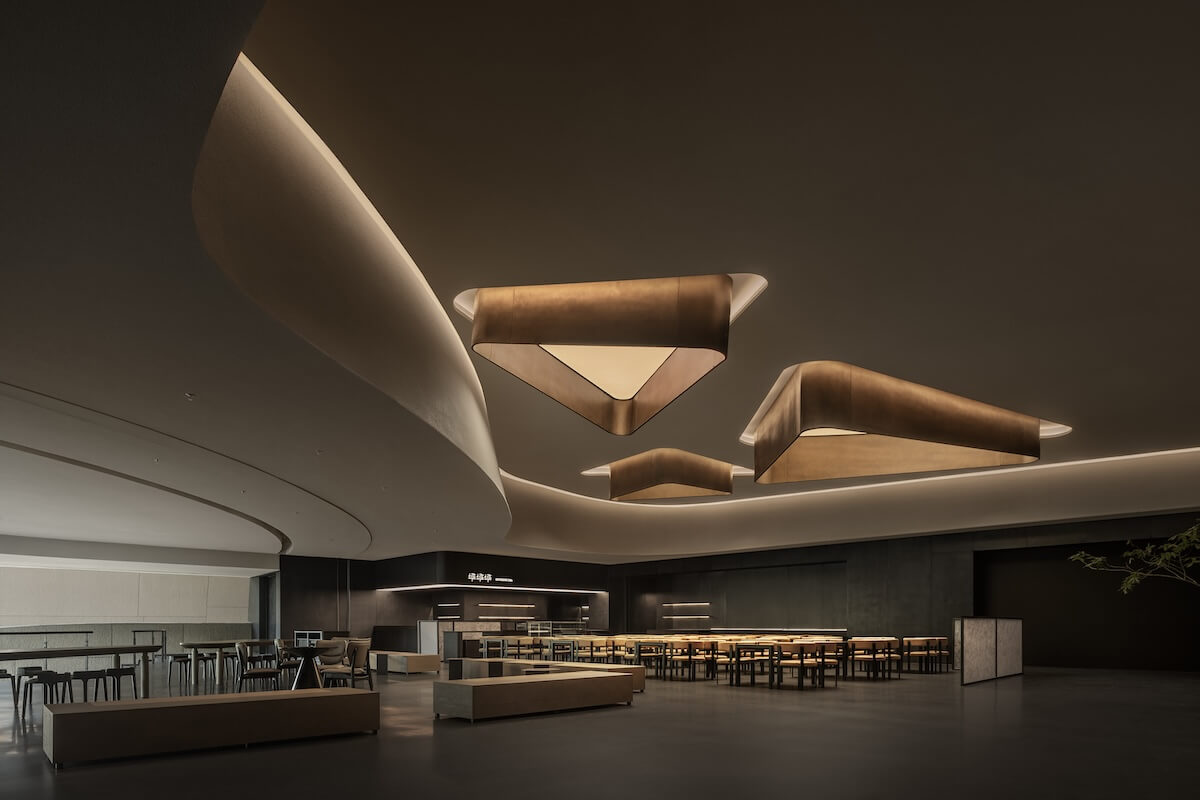
© CSWADI, Ting Wang
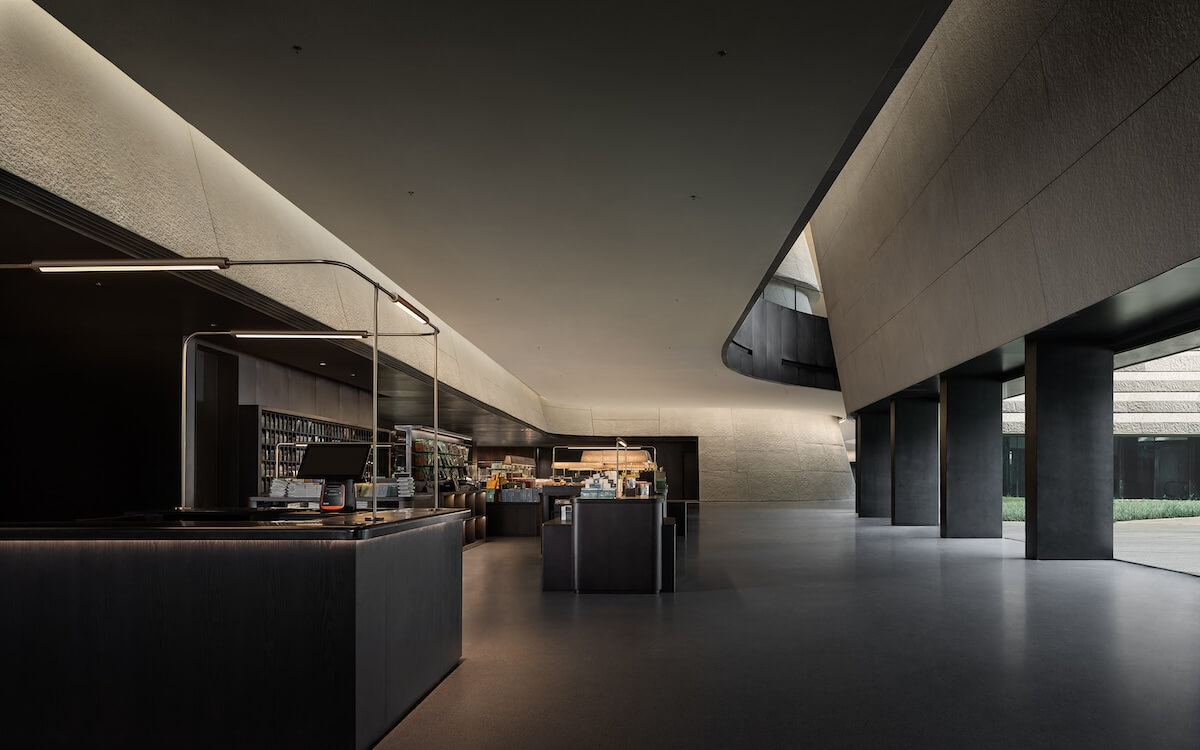
© CSWADI, Ting Wang
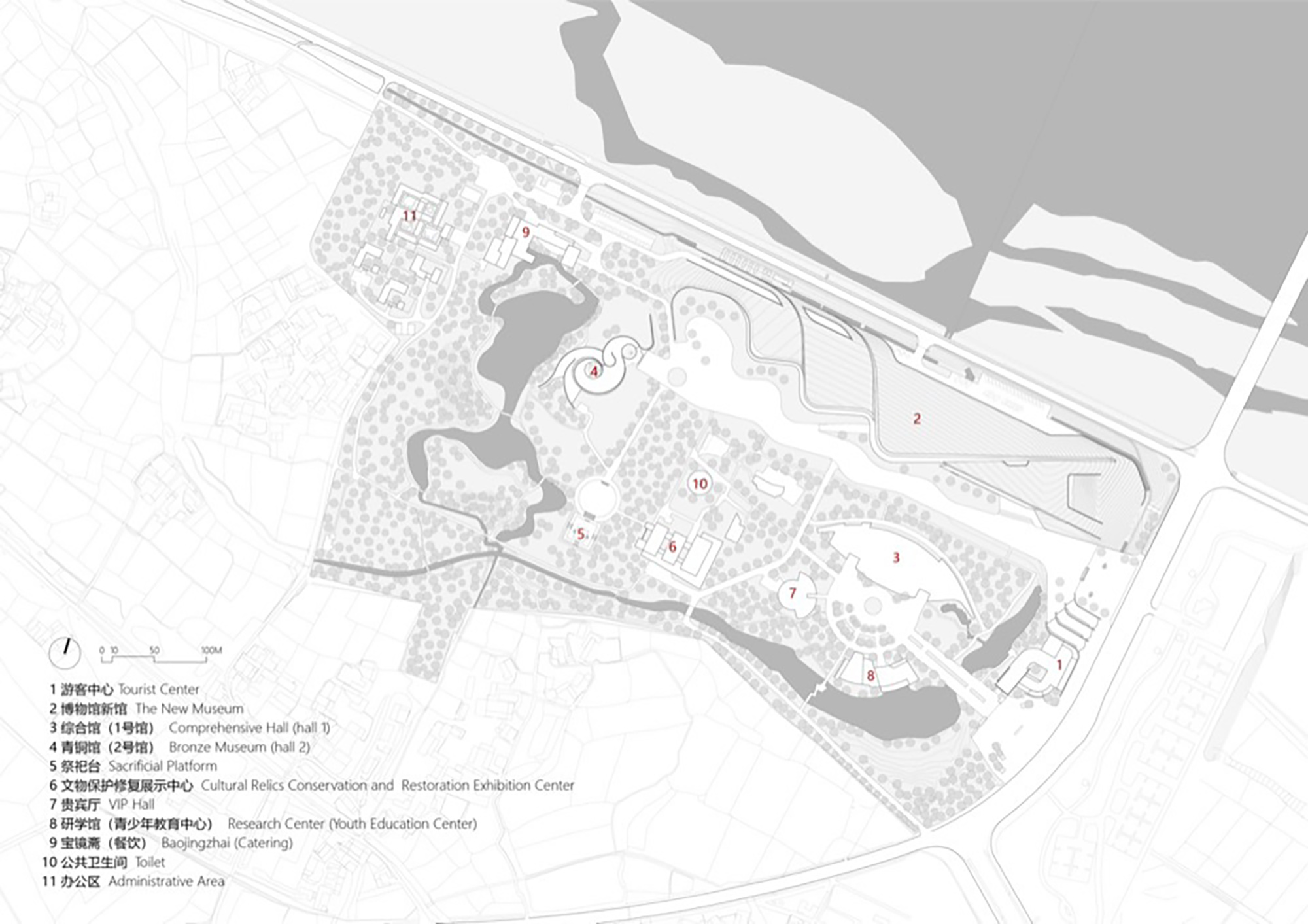
© CSWADI
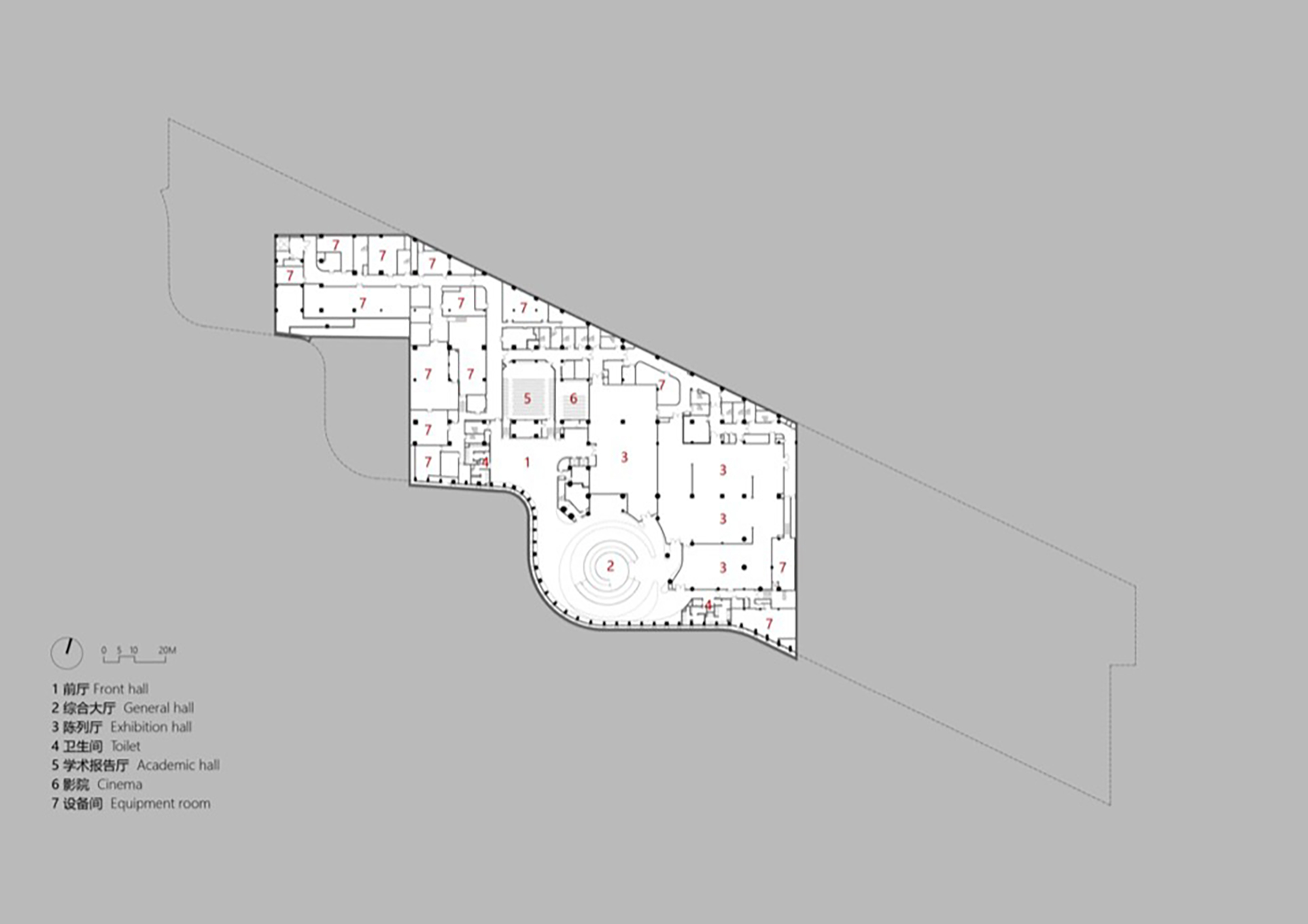
© CSWAD
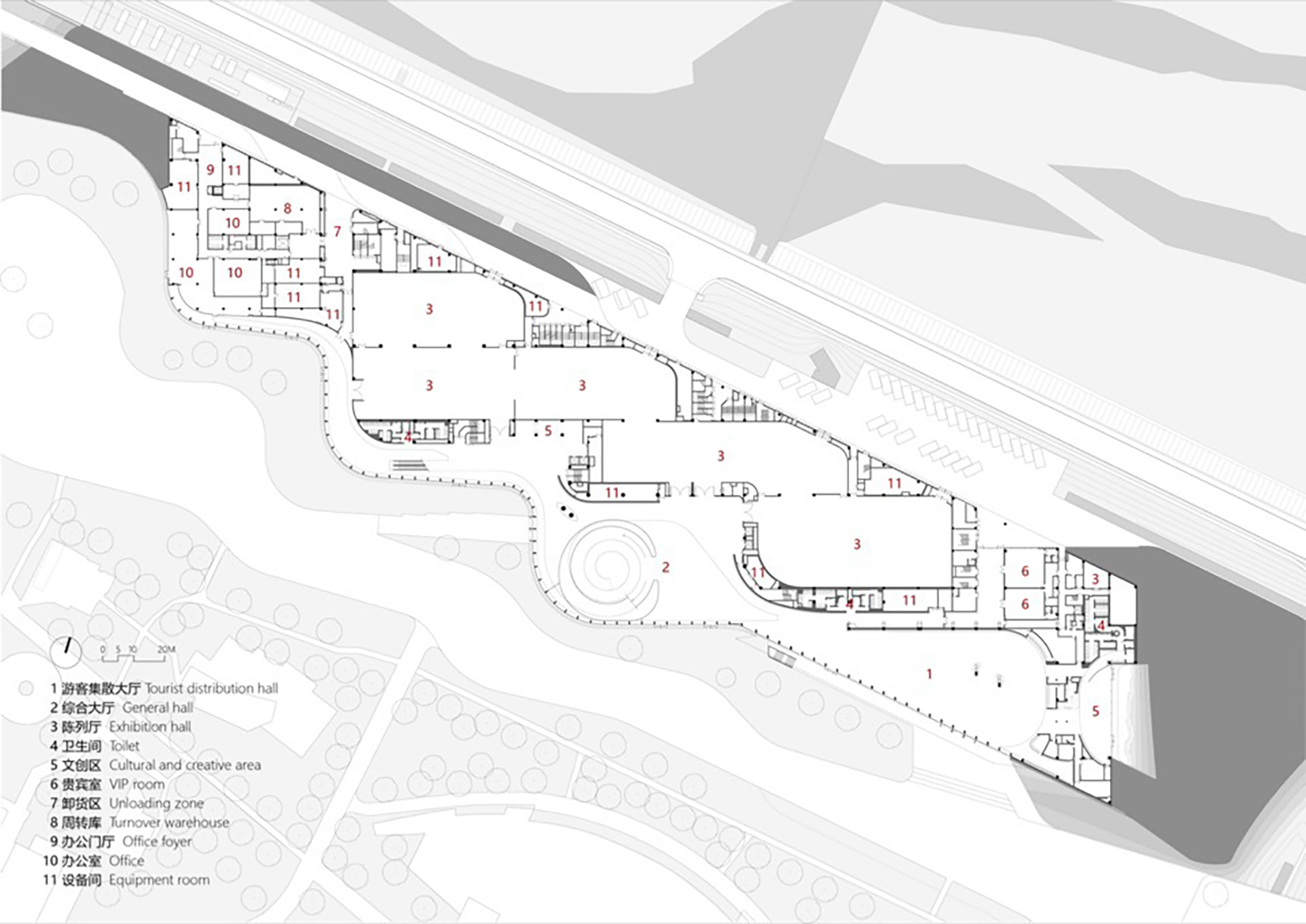
© CSWAD
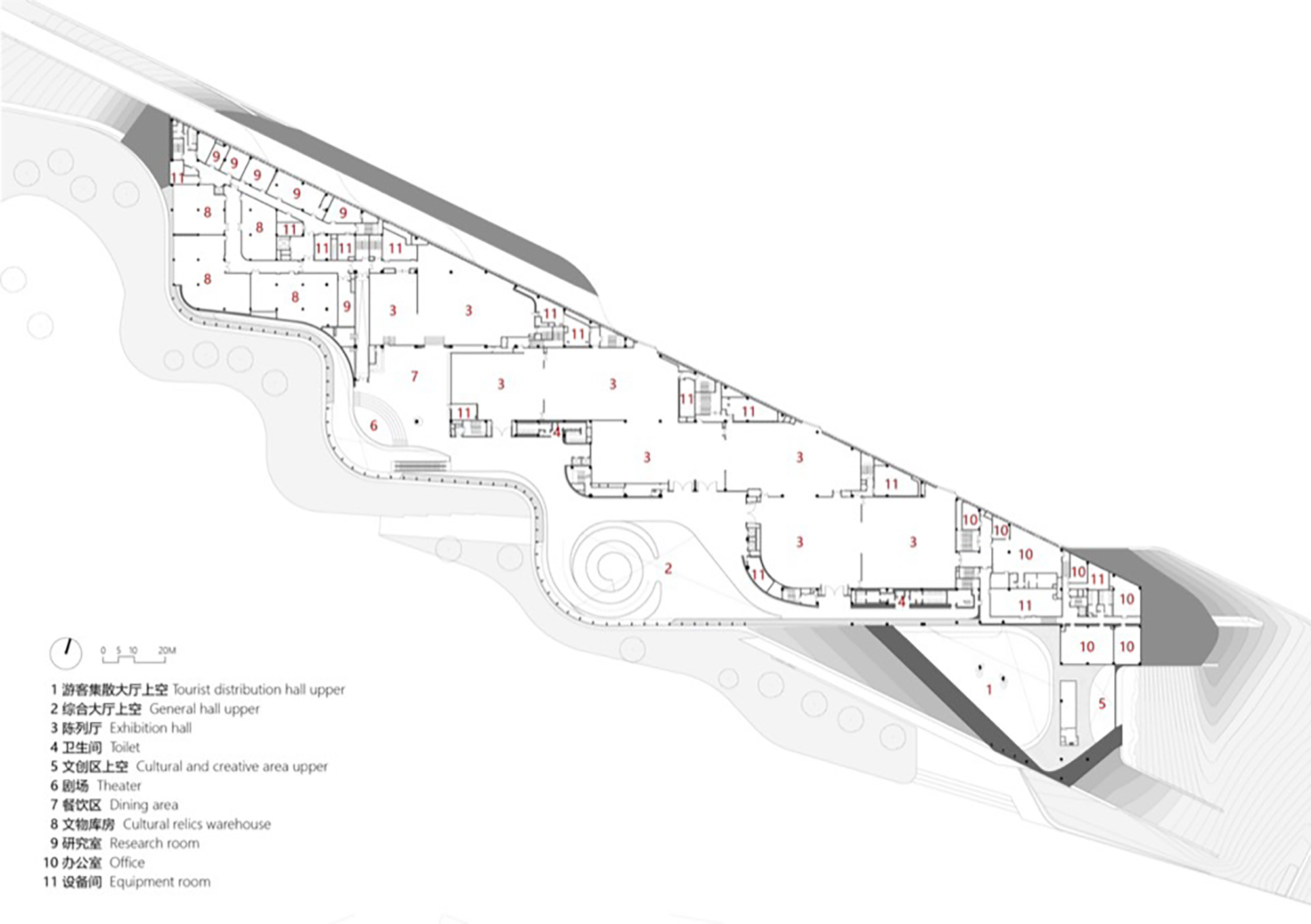
© CSWAD
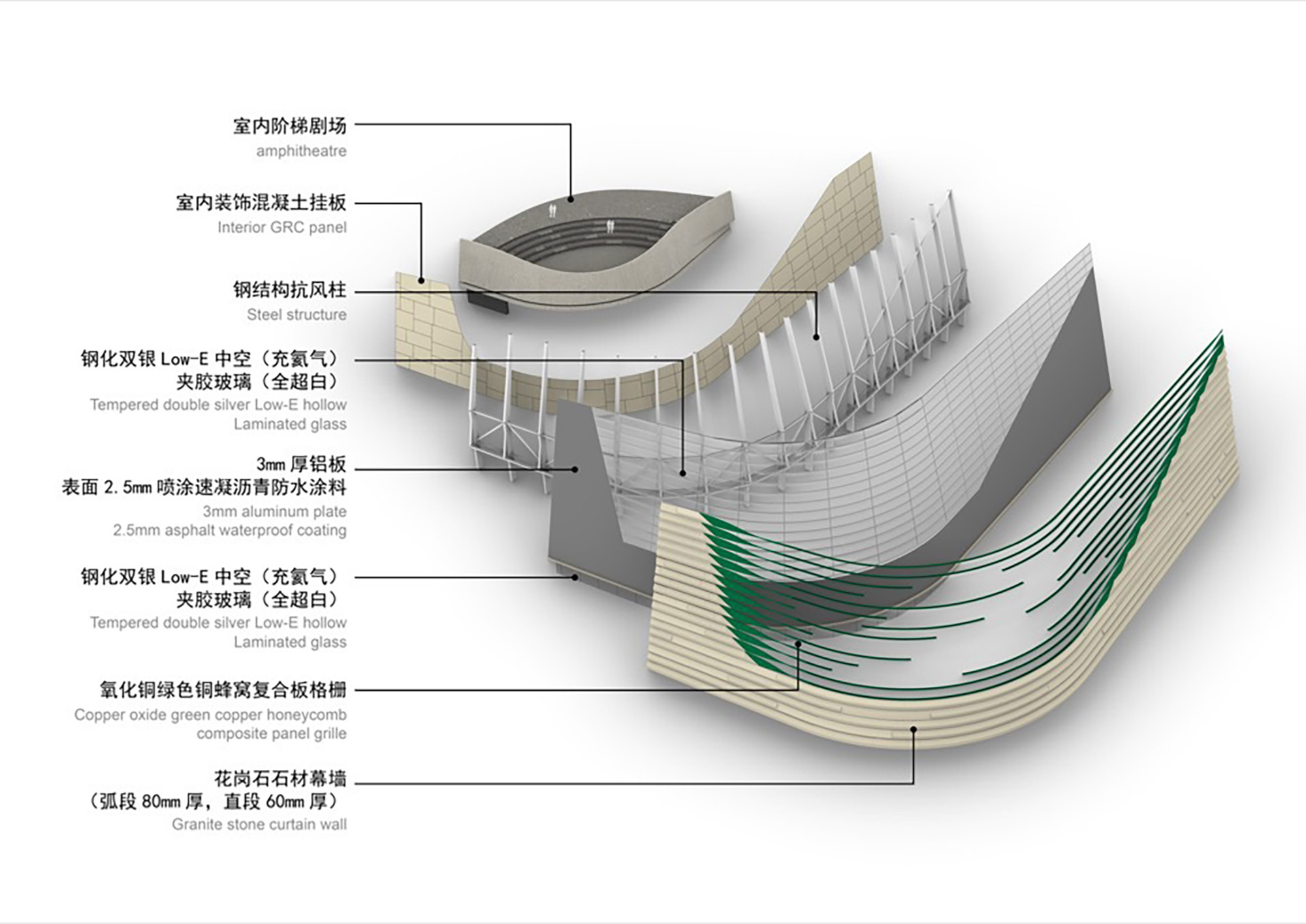
© CSWAD
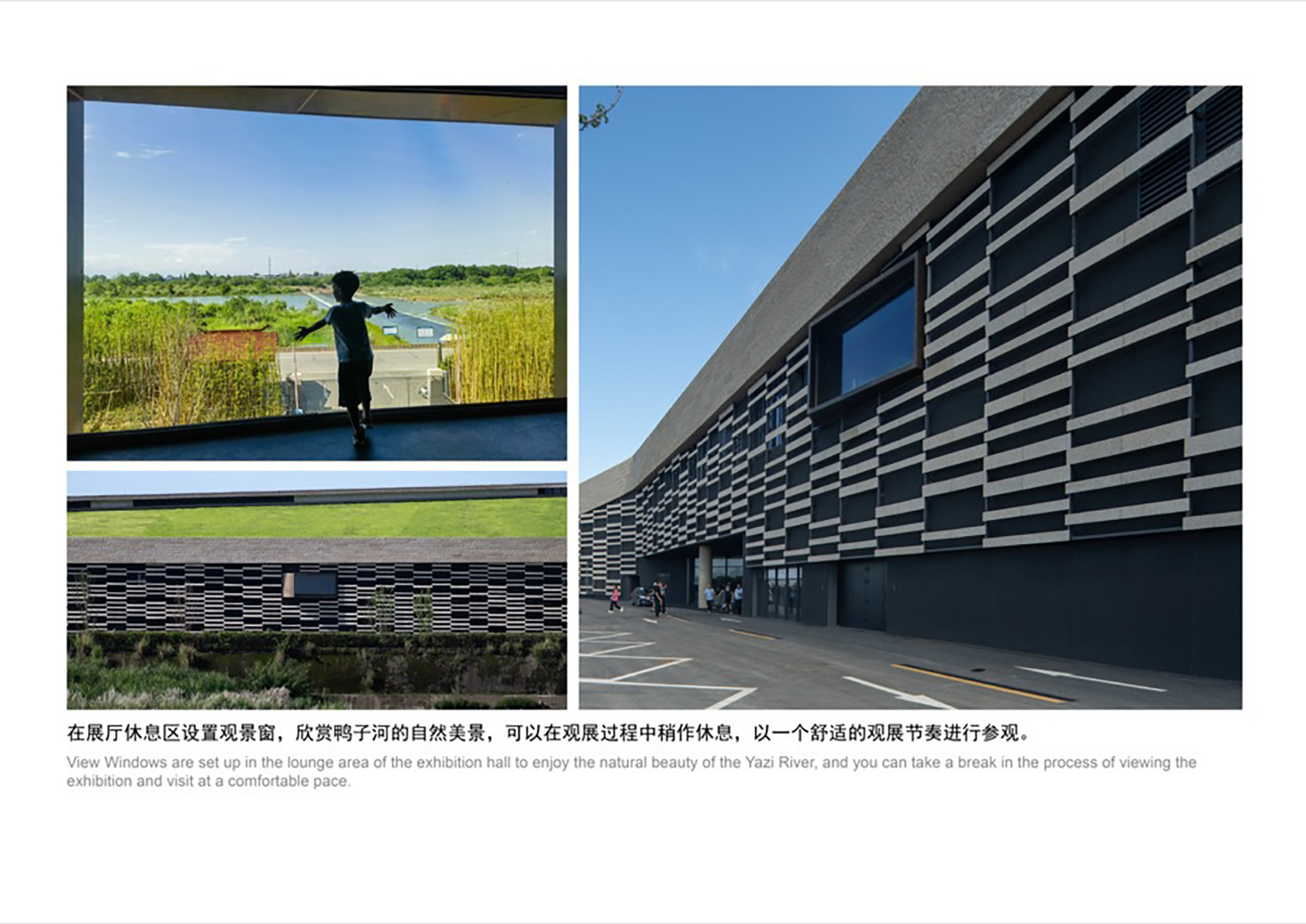
© CSWAD
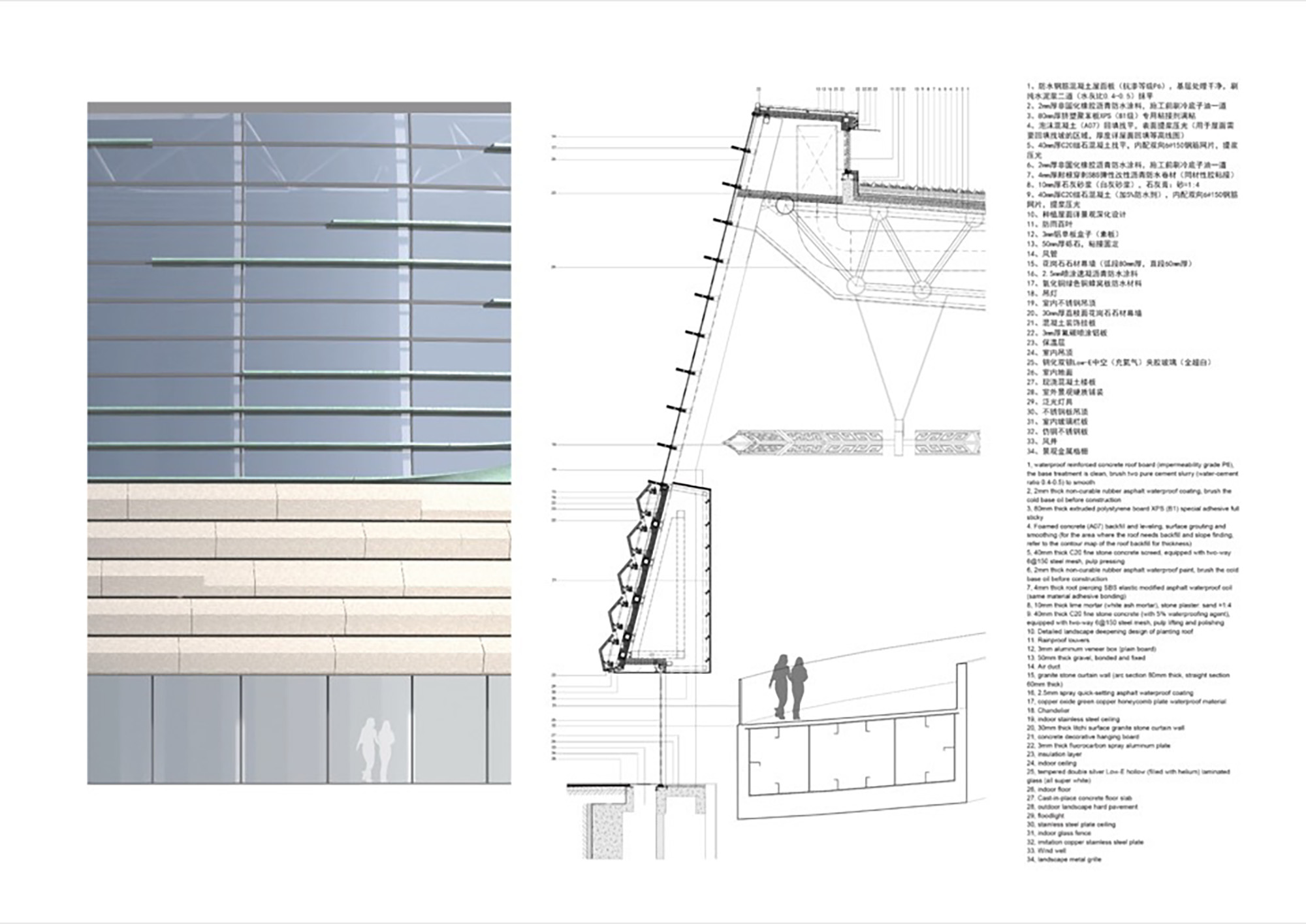
© CSWAD
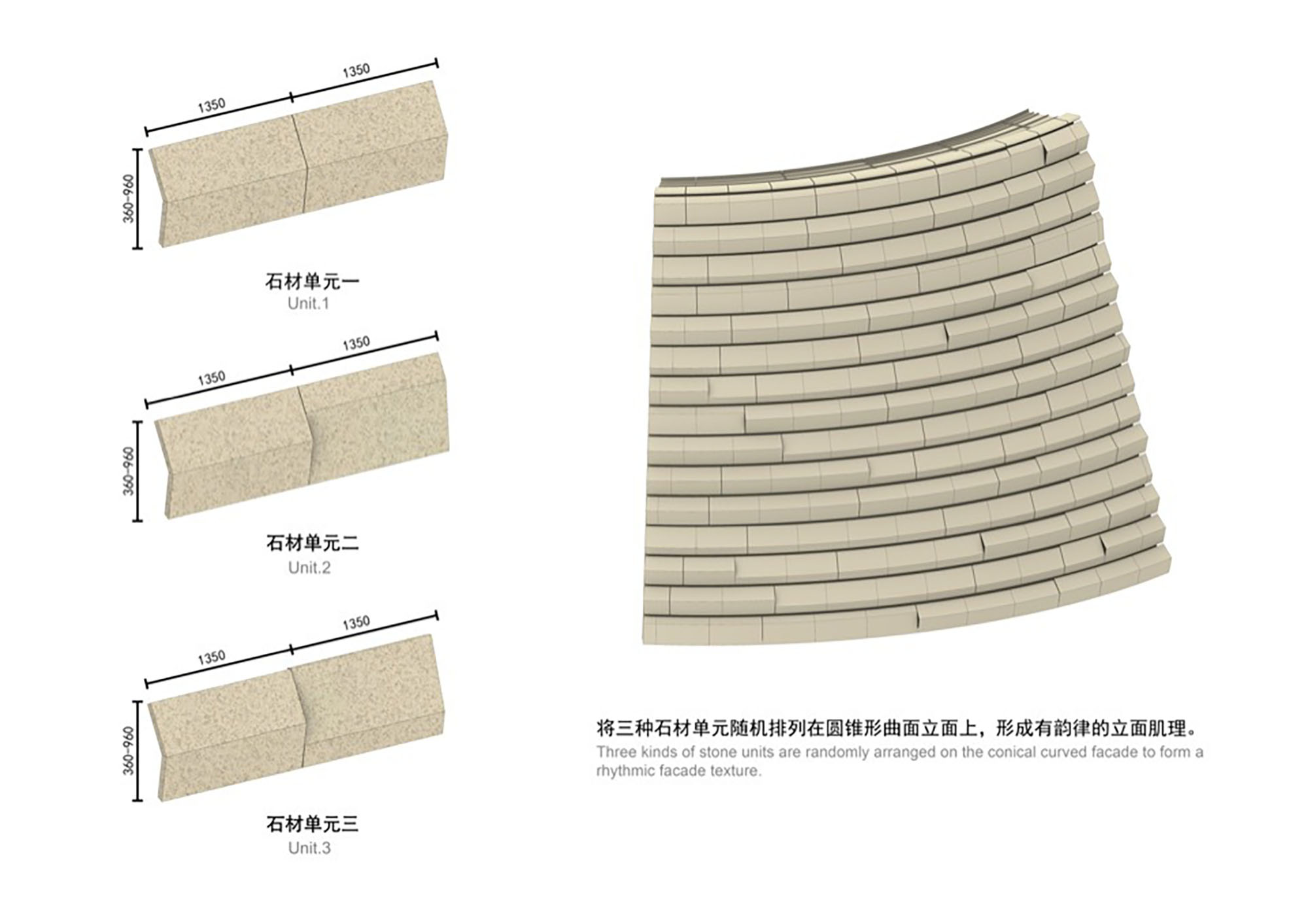
© CSWAD

© CSWAD
Project: Sanxingdui Museum
Location: De yang shi, china
Architects: CSWADI
Area: 54400 m²
Year: 2023
Photographs: Arch-Exist, Ting Wang
Lead Architect: Liu Yi
Location: De yang shi, china
Architects: CSWADI
Area: 54400 m²
Year: 2023
Photographs: Arch-Exist, Ting Wang
Lead Architect: Liu Yi
Park remodeling - The Sanxingdui relic site, located 40 kilometers north of Chengdu on the banks of the Yazi River and west of Guanghan City, holds a civilization that dates back 4,800 years. It has yielded tens of thousands of exquisite cultural relics through archaeological excavations. Sanxingdui occupies a significant position globally in the realm of bronze culture and is renowned as the "source of Yangtze River civilization". In November 2019, the exploration and excavation of the Sanxingdui site recommenced, leading to the discovery of several national treasure-level cultural relics within the six newly-found artifact pits. This momentous find astounded the world again, signifying a new era in Sanxindui archaeology.
The existing museum park was completed and opened in 1997, covering an area of approximately 35.3 hectares. However, the combined total area of the old museums No.1 and No.2 is only 11,000 square meters, which is insufficient to accommodate the display of new cultural relics and the increasing number of visitors. To address this, the new museum and visitor center will encompass a total area of 54,400 square meters. The new museum will be the primary venue for exhibitions and tourist guidance for cultural relics. The old Museum No.1 and No.2 will be repurposed into digital halls and research and education centers in the future.
The new museum's design is not an isolated project; instead, it focuses on reorganizing the functions and circulation of the entire park. Currently, the park features two axes that were formed in different eras, causing the existing buildings to be relatively scattered. The design aims to re-plan the visitor route of the entire park, establishing a counterclockwise visiting loop that begins from the new entrance square, which connects the new museum, old Museum No. 2, the altar, the cultural preservation center, and old Museum No. 1, effectively reintegrating the park as a cohesive whole. The renovation also includes transforming the old visitor center and parking lot at the original gate. Additionally, a canopy porch has been added to provide tourists with a welcoming entrance to the park. Furthermore, several upgrading projects have been implemented, such as the tourist toilets, underground pipelines, and anti-flooding canals built in the park, laying a good foundation for the future decades of operation of the museum park.
Three mounts in the site - During the museum's initial opening, saplings were planted throughout the riverside site. Over the past 30 years, these saplings have grown into a dense forest consisting of towering trees that are surrounded by water systems. The site for the new museum is located in the north of the park's central axis, 400 meters long, near the river embankment. The scenery of the site is magnificent, which is different from the ordinary rural landscape in western Sichuan. The Yazi River's expansive water surface is accompanied by long dams and sandbars, with distant views of continuous snow-capped mountains. In such a large-scale site, the building is conceived as an uplifted landscape—three undulating mounds, as a response in the topographical sense and also a response to the context of the site—the three mound-shaped ruins left over from the ancient Shu Kingdom and the crescent-shaped Moon Bay Terrace, forming a landscape resembling "three stars with the moon," thus giving rise to the name "Sanxingdui"
The continuous mound shape also brings a compact building plan. By implementing a integration strategy, the original plan, which separates the new museum and visitor center, as stated in the mission statement, is transformed into a unified entity. Along the tourist circulation, the visitor center, public exhibition area, and logistics storage area are arranged sequentially from east to west. The three mound units are organized from large to small, high to low. Additionally, they are rotated 26 degrees in the southwest direction, directly facing the Sanxingdui relic site. This arrangement establishes a spatial and temporal dialogue between the new museum and the "relic."
Eyes of the building - The bronze mask's expressive eyes have become renowned as the most iconic cultural relic from Sanxingdui. These "Eyes" also serve as the concept of the building’s massing, acting as a window for the dialogue between the internal world and the external ruins. The closed outer wall of the mound creates a cave-like interior space, with a narrow gap measuring only 3 meters above the ground and extending along a 300-meter stretch. The audience enters the reception area through the gap and starts a journey of exploring the secret. The enormous eyes adorning the outer wall of the mound infuse the façade with vivid expression while simultaneously serving as openings for natural light into the interior space. This lateral illumination casts a halo that transitions from light to dark, artfully depicting the depth of the space and cultivating a mysterious and somber atmosphere. For this reason, all ceiling-mounted illuminating systems in the public hall have been eliminated, besides wall washer strips at the junction of the wall and ceiling. Daylight assumes the role of the sole protagonist within this space.
The interior of each eye corresponds to a significant node of a public space. The "space-time spiral" in the atrium is the central point of the museum's circulation path. The 360-degree ramp connects the main floors above and below ground in the new building, establishing a vertical spiritual space. In the Sanxingdui No. 2 old museum, the iconic circular atrium facing the sky symbolizes the "Eye of the Sky," representing the reverence for the heavens. The new building creates an " Eye of the Earth " that rotates toward the center of the earth, reflecting the pursuit of earthly connections- The spiral ramp spirals down and finally reaches the lowest point of the building - a circular pit located 10 meters below ground level. In the deepest part of the pit, three beams of laser projection shoot out from the circular aperture, projecting images of the evolving Sanxingdui civilization onto the ceiling positioned 30 meters above. This implies the light of ancient civilization permeating through time.
The "Eyes of Sky" and the "Eyes of Earth " are the interpretations of the relationship between "Sky and Earth", and they are also tools for dialogue with each other - sky and earth, connecting the new museum and the old museum, while also linking together the realms of sky, earth, mortals, and gods.
Another significant node is the open theater located on the side court on the second floor, positioned towards the No. 2 old museum and the ruins area. This theater features sunken steps within the public space, providing a versatile area for temporary activities such as performances, lectures, and exhibitions. It serves as the most vibrant and dynamic space within the museum. Looking out from the huge "eyes" on the outer wall of the theater, the old museum No. 2 and the dense forest come into view, and the dialogue between the new and old halls is established through the design of the framed scene.
The exterior materials of the new building are focused on uniqueness and specialty, prominently featuring the use of "chrysanthemum yellow" granite, which symbolizes the color of the earth. The thickness of the stone slabs covered on the mound's surface is up to 8 cm, and the surface of the slabs is hand-chiseled, with a rough and heavy texture. Low-iron glass is installed at the eyes position, covered by an outer bronze sun visor. The sun visor is crafted from brass plates using a special oxidation process, simulating excavated cultural relics' green and mottled texture. This design implies the connection to the Sanxingdui bronze civilization and its distinct identity.
Exhibition Narrative - The new museum consists of 2 above-ground floors, with four permanent exhibition halls on each floor. Additionally, two underground temporary exhibition halls have a total exhibition area of 20,000 square meters. The span of the column-free exhibition hall is between 15 and 30M, while the story height varies from 7 to 12 meters. The roof of the building adopts a steel grid structure, and the equipment pipelines are strategically positioned within the gaps between the grid members to achieve a high degree of integration of equipment and structures.
The Sanxingdui Museum is exhibition circulation differs from that of general museums. It is a continuous sequence arranged according to the logic of the archaeological narrative. The large exhibition halls are seamlessly connected to achieve this, creating a captivating and immersive narrative akin to a movie. The new museum’s exhibition hall design adopts a broken-line series design, considering the potential for parallel door openings. This design approach ensures maximum flexibility for exhibitions.
From the preface hall, visitors can continuously explore all the exhibition halls according to the “One-way circulation". Alternatively, they have the option to explore the exhibition independently. To alleviate fatigue during the tour, various facilities such as audience cafes, cultural and creative stores, open theaters, rest corridors, and other facilities are strategically placed along the tour route. The museum also has a special “Bonus scene “- the cultural relic exhibition hall on the second floor facing the river. Within this area, three designated rest areas are thoughtfully designed. Through large panoramic windows, visitors can marvel at the picturesque scenery of the river while immersing themselves in the rich history and cultural treasures. This experience allows them to effortlessly transcend time, traversing thousands of years within a fleeting moment.
The existing museum park was completed and opened in 1997, covering an area of approximately 35.3 hectares. However, the combined total area of the old museums No.1 and No.2 is only 11,000 square meters, which is insufficient to accommodate the display of new cultural relics and the increasing number of visitors. To address this, the new museum and visitor center will encompass a total area of 54,400 square meters. The new museum will be the primary venue for exhibitions and tourist guidance for cultural relics. The old Museum No.1 and No.2 will be repurposed into digital halls and research and education centers in the future.
The new museum's design is not an isolated project; instead, it focuses on reorganizing the functions and circulation of the entire park. Currently, the park features two axes that were formed in different eras, causing the existing buildings to be relatively scattered. The design aims to re-plan the visitor route of the entire park, establishing a counterclockwise visiting loop that begins from the new entrance square, which connects the new museum, old Museum No. 2, the altar, the cultural preservation center, and old Museum No. 1, effectively reintegrating the park as a cohesive whole. The renovation also includes transforming the old visitor center and parking lot at the original gate. Additionally, a canopy porch has been added to provide tourists with a welcoming entrance to the park. Furthermore, several upgrading projects have been implemented, such as the tourist toilets, underground pipelines, and anti-flooding canals built in the park, laying a good foundation for the future decades of operation of the museum park.
Three mounts in the site - During the museum's initial opening, saplings were planted throughout the riverside site. Over the past 30 years, these saplings have grown into a dense forest consisting of towering trees that are surrounded by water systems. The site for the new museum is located in the north of the park's central axis, 400 meters long, near the river embankment. The scenery of the site is magnificent, which is different from the ordinary rural landscape in western Sichuan. The Yazi River's expansive water surface is accompanied by long dams and sandbars, with distant views of continuous snow-capped mountains. In such a large-scale site, the building is conceived as an uplifted landscape—three undulating mounds, as a response in the topographical sense and also a response to the context of the site—the three mound-shaped ruins left over from the ancient Shu Kingdom and the crescent-shaped Moon Bay Terrace, forming a landscape resembling "three stars with the moon," thus giving rise to the name "Sanxingdui"
The continuous mound shape also brings a compact building plan. By implementing a integration strategy, the original plan, which separates the new museum and visitor center, as stated in the mission statement, is transformed into a unified entity. Along the tourist circulation, the visitor center, public exhibition area, and logistics storage area are arranged sequentially from east to west. The three mound units are organized from large to small, high to low. Additionally, they are rotated 26 degrees in the southwest direction, directly facing the Sanxingdui relic site. This arrangement establishes a spatial and temporal dialogue between the new museum and the "relic."
Eyes of the building - The bronze mask's expressive eyes have become renowned as the most iconic cultural relic from Sanxingdui. These "Eyes" also serve as the concept of the building’s massing, acting as a window for the dialogue between the internal world and the external ruins. The closed outer wall of the mound creates a cave-like interior space, with a narrow gap measuring only 3 meters above the ground and extending along a 300-meter stretch. The audience enters the reception area through the gap and starts a journey of exploring the secret. The enormous eyes adorning the outer wall of the mound infuse the façade with vivid expression while simultaneously serving as openings for natural light into the interior space. This lateral illumination casts a halo that transitions from light to dark, artfully depicting the depth of the space and cultivating a mysterious and somber atmosphere. For this reason, all ceiling-mounted illuminating systems in the public hall have been eliminated, besides wall washer strips at the junction of the wall and ceiling. Daylight assumes the role of the sole protagonist within this space.
The interior of each eye corresponds to a significant node of a public space. The "space-time spiral" in the atrium is the central point of the museum's circulation path. The 360-degree ramp connects the main floors above and below ground in the new building, establishing a vertical spiritual space. In the Sanxingdui No. 2 old museum, the iconic circular atrium facing the sky symbolizes the "Eye of the Sky," representing the reverence for the heavens. The new building creates an " Eye of the Earth " that rotates toward the center of the earth, reflecting the pursuit of earthly connections- The spiral ramp spirals down and finally reaches the lowest point of the building - a circular pit located 10 meters below ground level. In the deepest part of the pit, three beams of laser projection shoot out from the circular aperture, projecting images of the evolving Sanxingdui civilization onto the ceiling positioned 30 meters above. This implies the light of ancient civilization permeating through time.
The "Eyes of Sky" and the "Eyes of Earth " are the interpretations of the relationship between "Sky and Earth", and they are also tools for dialogue with each other - sky and earth, connecting the new museum and the old museum, while also linking together the realms of sky, earth, mortals, and gods.
Another significant node is the open theater located on the side court on the second floor, positioned towards the No. 2 old museum and the ruins area. This theater features sunken steps within the public space, providing a versatile area for temporary activities such as performances, lectures, and exhibitions. It serves as the most vibrant and dynamic space within the museum. Looking out from the huge "eyes" on the outer wall of the theater, the old museum No. 2 and the dense forest come into view, and the dialogue between the new and old halls is established through the design of the framed scene.
The exterior materials of the new building are focused on uniqueness and specialty, prominently featuring the use of "chrysanthemum yellow" granite, which symbolizes the color of the earth. The thickness of the stone slabs covered on the mound's surface is up to 8 cm, and the surface of the slabs is hand-chiseled, with a rough and heavy texture. Low-iron glass is installed at the eyes position, covered by an outer bronze sun visor. The sun visor is crafted from brass plates using a special oxidation process, simulating excavated cultural relics' green and mottled texture. This design implies the connection to the Sanxingdui bronze civilization and its distinct identity.
Exhibition Narrative - The new museum consists of 2 above-ground floors, with four permanent exhibition halls on each floor. Additionally, two underground temporary exhibition halls have a total exhibition area of 20,000 square meters. The span of the column-free exhibition hall is between 15 and 30M, while the story height varies from 7 to 12 meters. The roof of the building adopts a steel grid structure, and the equipment pipelines are strategically positioned within the gaps between the grid members to achieve a high degree of integration of equipment and structures.
The Sanxingdui Museum is exhibition circulation differs from that of general museums. It is a continuous sequence arranged according to the logic of the archaeological narrative. The large exhibition halls are seamlessly connected to achieve this, creating a captivating and immersive narrative akin to a movie. The new museum’s exhibition hall design adopts a broken-line series design, considering the potential for parallel door openings. This design approach ensures maximum flexibility for exhibitions.
From the preface hall, visitors can continuously explore all the exhibition halls according to the “One-way circulation". Alternatively, they have the option to explore the exhibition independently. To alleviate fatigue during the tour, various facilities such as audience cafes, cultural and creative stores, open theaters, rest corridors, and other facilities are strategically placed along the tour route. The museum also has a special “Bonus scene “- the cultural relic exhibition hall on the second floor facing the river. Within this area, three designated rest areas are thoughtfully designed. Through large panoramic windows, visitors can marvel at the picturesque scenery of the river while immersing themselves in the rich history and cultural treasures. This experience allows them to effortlessly transcend time, traversing thousands of years within a fleeting moment.
Source: CSWADI
m i l i m e t d e s i g n – w h e r e t h e c o n v e r g e n c e o f u n i q u e c r e a t i v e s
m i l i m e t d e s i g n – w h e r e t h e c o n v e r g e n c e o f u n i q u e c r e a t i v e s
Since 2009. Copyright © 2023 Milimetdesign. All rights reserved. Contact: milimetdesign@milimet.com
































